
With a lot of conversations evolving around MPEG-DASH during NAB this year, including the joint Adobe / Akamai MPEG-DASH streaming demo, the question prevails: is MPEG-DASH more than a science project, and has true potential to become a future streaming standard?
What appears to be clear is the consensus that HLS has deficiencies, but are the differences important enough to motivate the industry to migrate from established HLS support on devices to MPEG-DASH?
Mike Downey, Principal Evangelist, Media Platform at Microsoft, provided some interesting comments on HLS on my previous PHDS blog post, with a different perspective – potential HLS licensing complications.
The much larger problem with HLS is a legal one. Any software that decodes/unpacks/creates an M2TS file must pay a $0.25 royalty per application to MPEG-LA. This is steep because MPEG2 licensing was designed during the DVD playback era – not Internet streaming.
The only major platforms that cover this license fee for the developer (that I know of) are iOS, Mac OSX, and Windows (you can view all licensee info on the MPEG-LA site). And those licenses are only valid if the actually decoding is being done by the built-in decoders for that platform. That means any support for HLS playback in the Flash Player (decoding done via ActionScript) or on Android are not covered (As far as I can tell, Google does not pay this license for Android licensees and the only licensee that pays it is Samsung) and require $0.25 per end-user application to be paid to MPEG-LA. So every time a unique user watches an HLS stream in Flash Player the provider of that application is required to pay the royalty for that user – which would be astronomical.
It’s probably just one time per user, per app, but I’m not a lawyer so I’d suggest you consult one for clarification if this matter interests you.
The fact that so many content providers either don’t know about this (irresponsible due diligence) or don’t care (irresponsible business people) bewilders me.
So, if your company has bet the farm on Apple’s HLS you’d better ask your legal team to make sure you’re clear. Otherwise use of streaming technologies that rely upon fMP4 are likely covered by the built-in decoders, which most platforms already have. Consult your legal counsel on that as well.
This is a dirty little secret, by the way. It’s why you see very few popular free and commercial video players (JWPlayer, for example) making a big deal out of their HLS support. The burden to pay the license is on the company that delivers the final app so the players aren’t directly responsible but they know that understanding this requirement would make the solution impractical so it’s not worth pursuing.
Apple understands this whole licensing problem. But it doesn’t affect them at all because they pay the royalties for the server and client. As long as you deliver HLS to an Apple client you’re good. Think about that for a minute…
If I were responsible for streaming media to anyone I would avoid HLS at all costs, other than doing a to M2TS from fMP4 on the server for actual iOS clients – which both Adobe’s FMS and Microsoft’s IIS Media Services provide for free. Plus all of the other reasons that Jens points out above. [via Mike’s previous blog post comment]
Without providing any legal comments (I am clearly not qualified, but MPEG-LA does mention a $0.25 per unit licensing fee in their MPEG-2 FAQ), what are your thoughts on the licensing side of M2TS/HLS playback? Could this eventually be a driver for MPEG-DASH adoption?








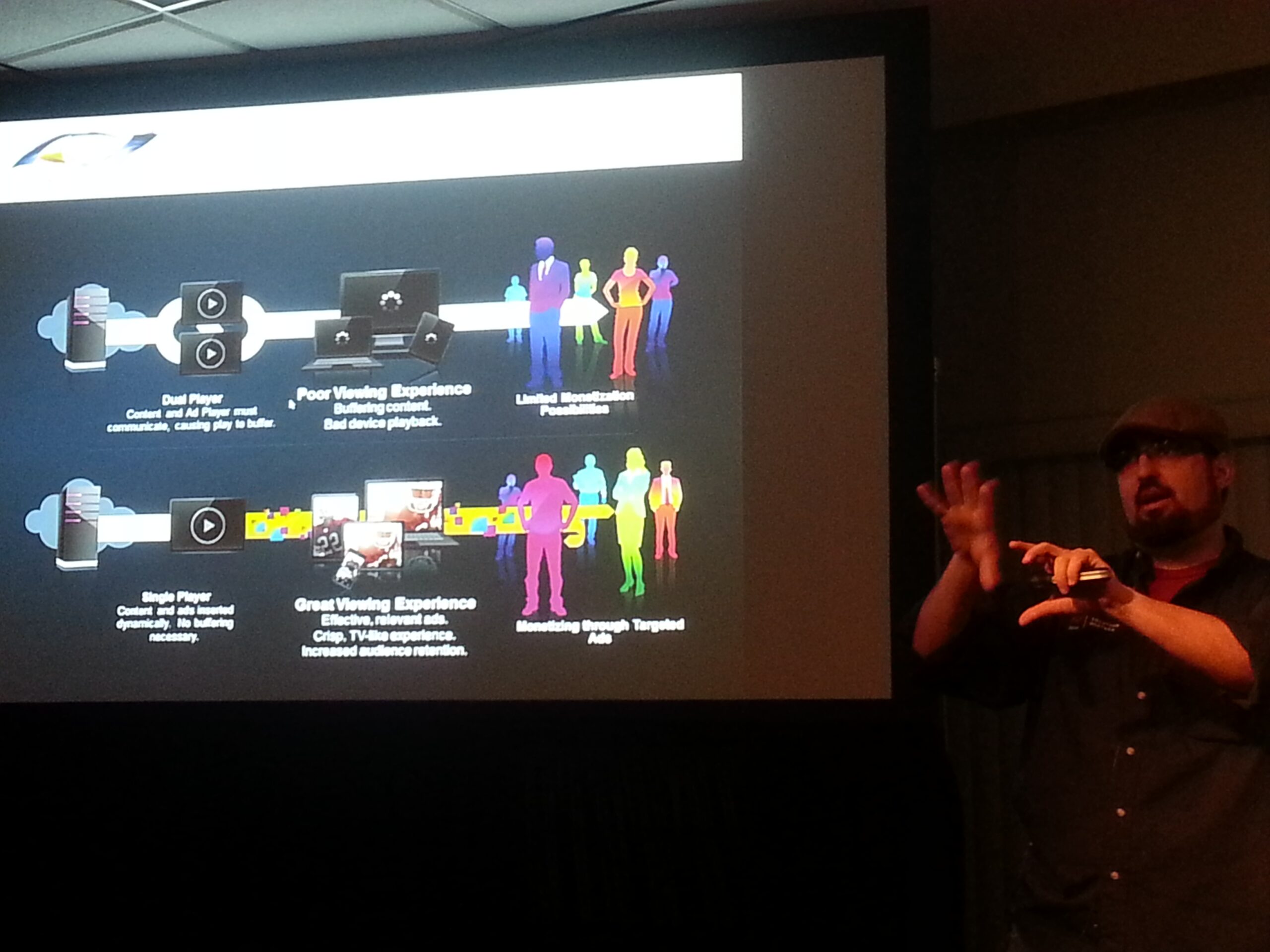
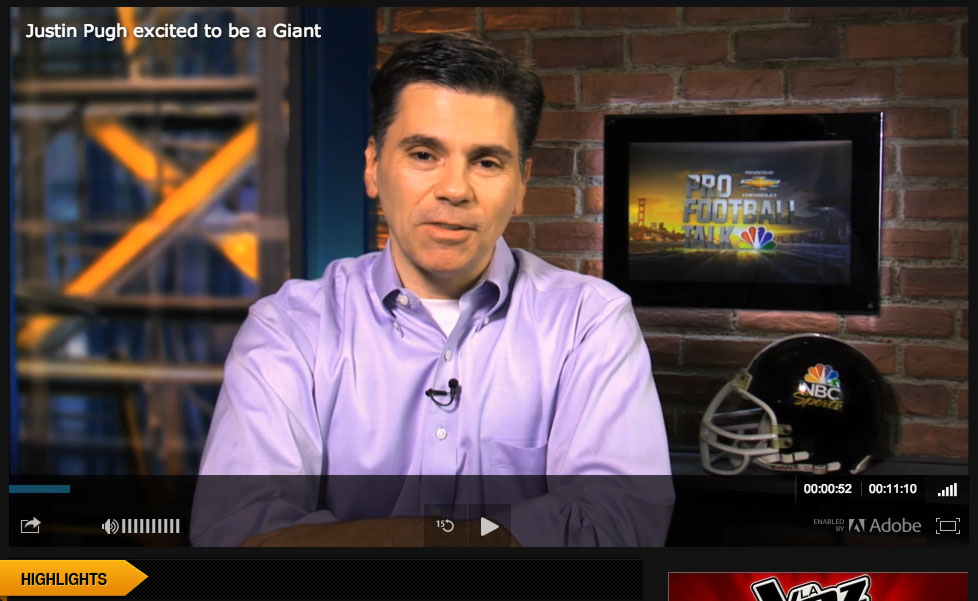
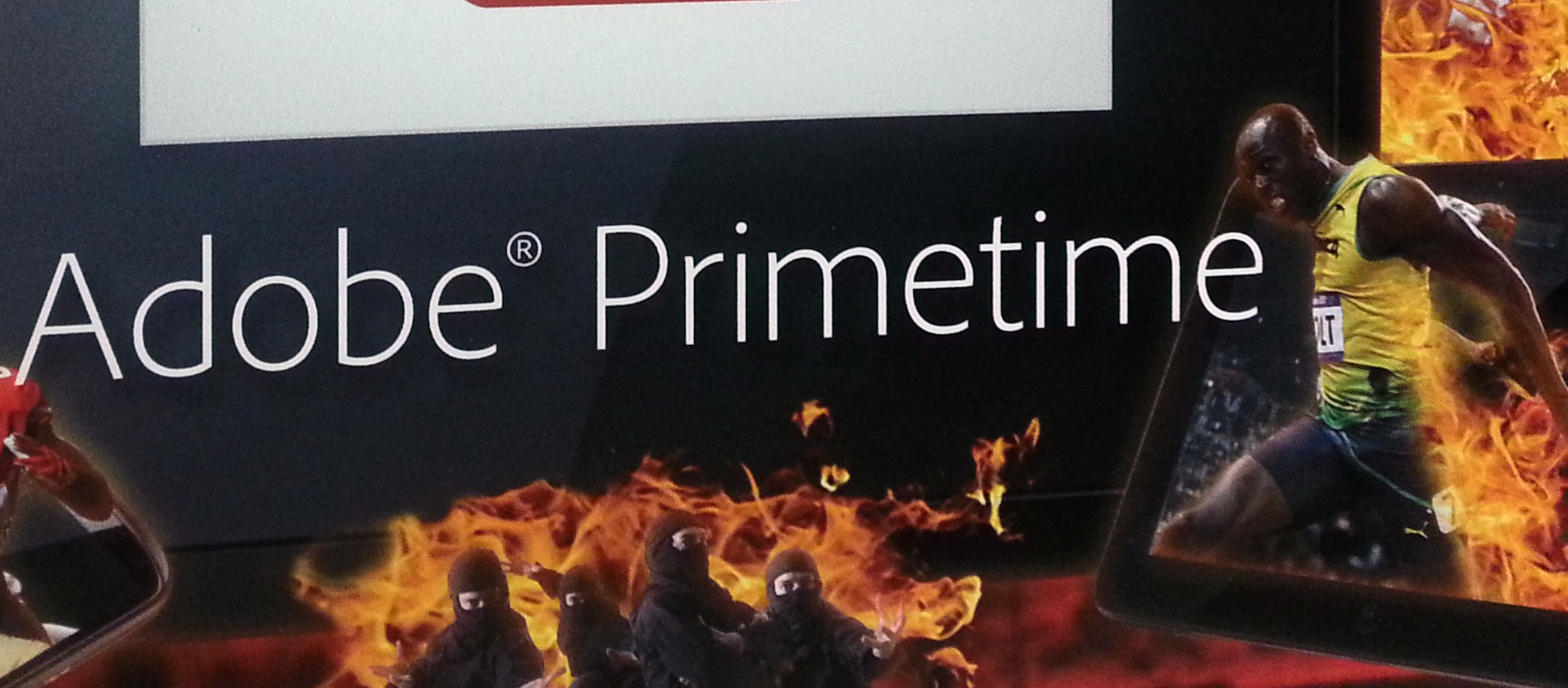
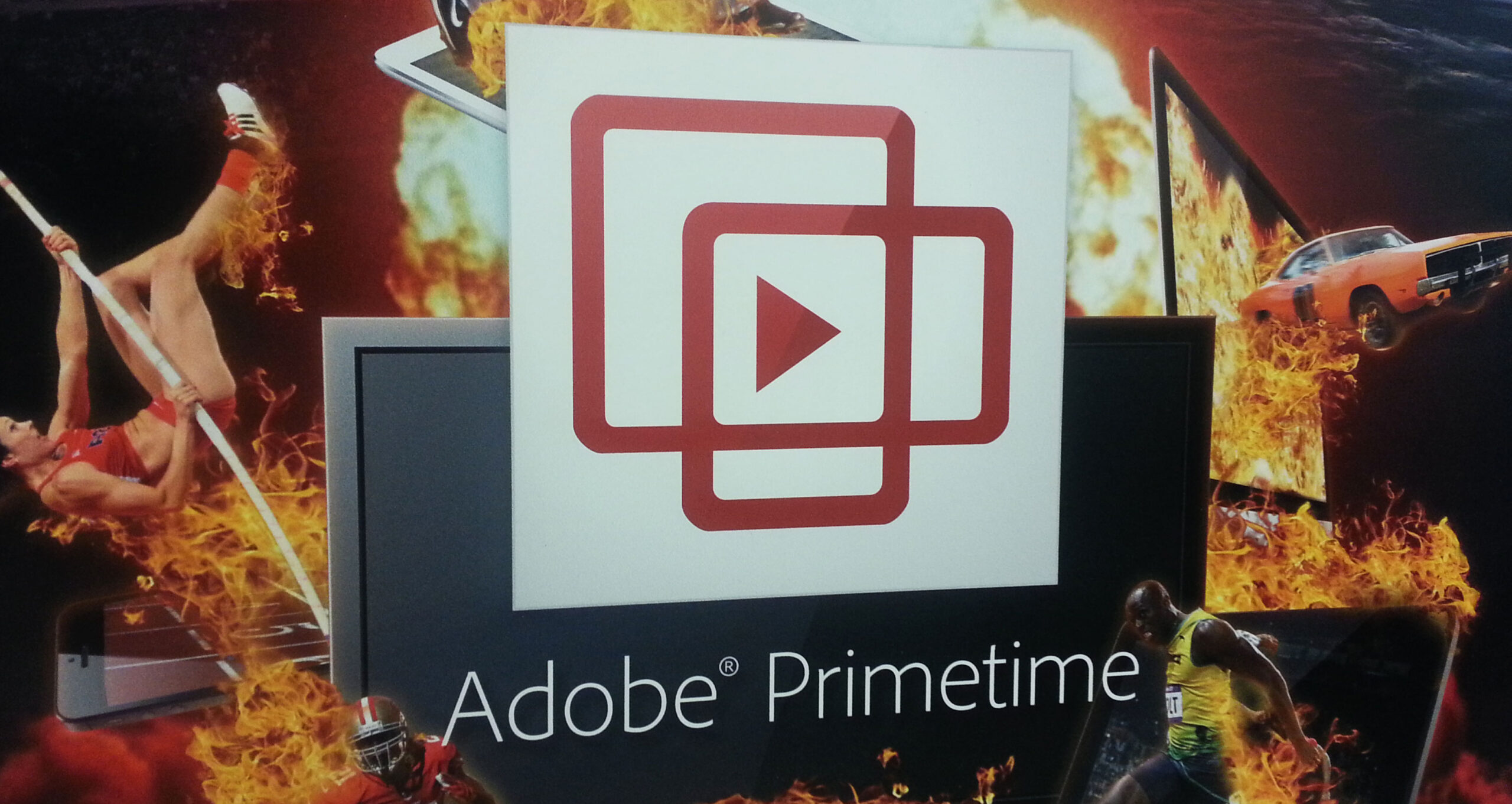





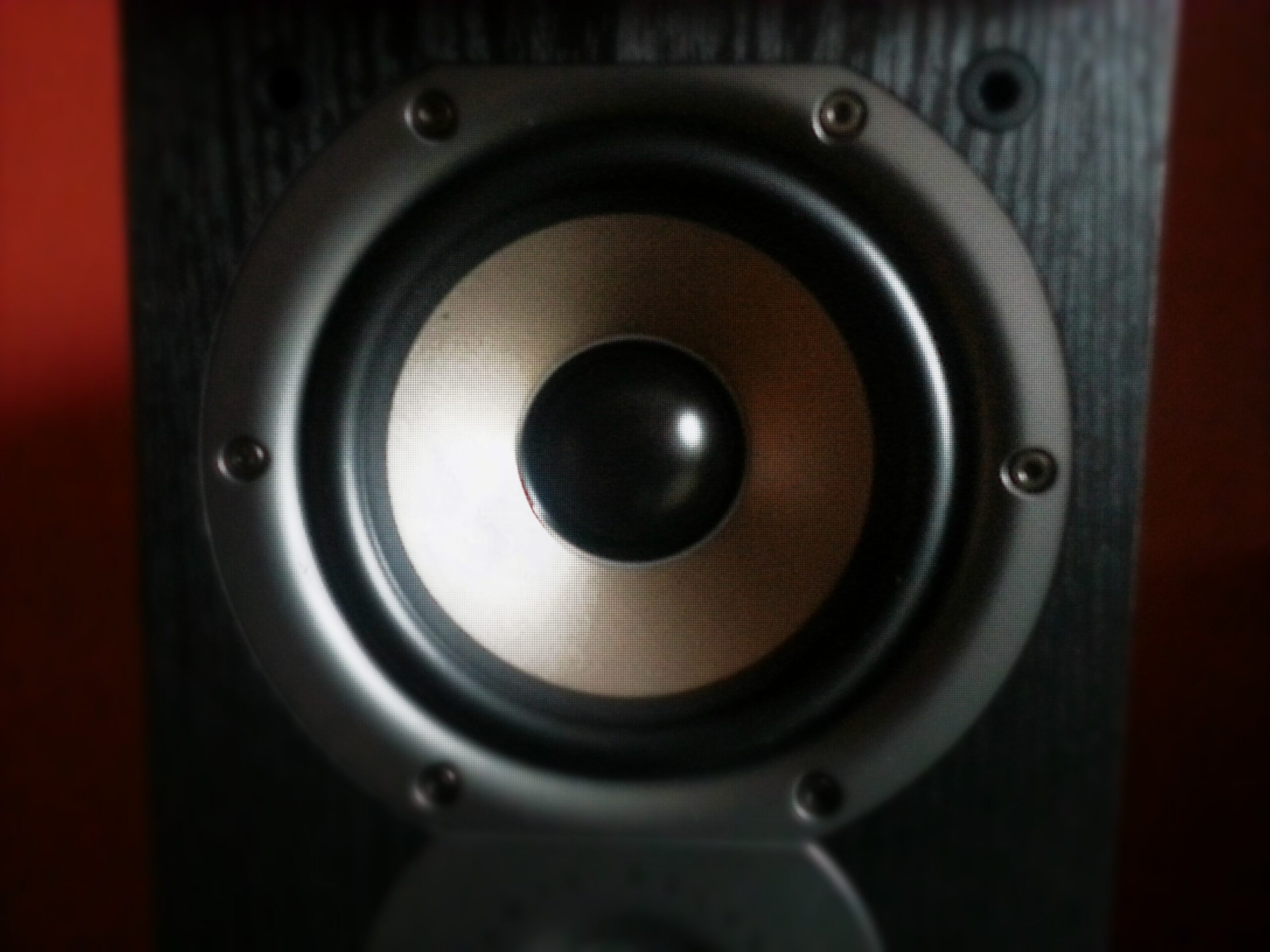
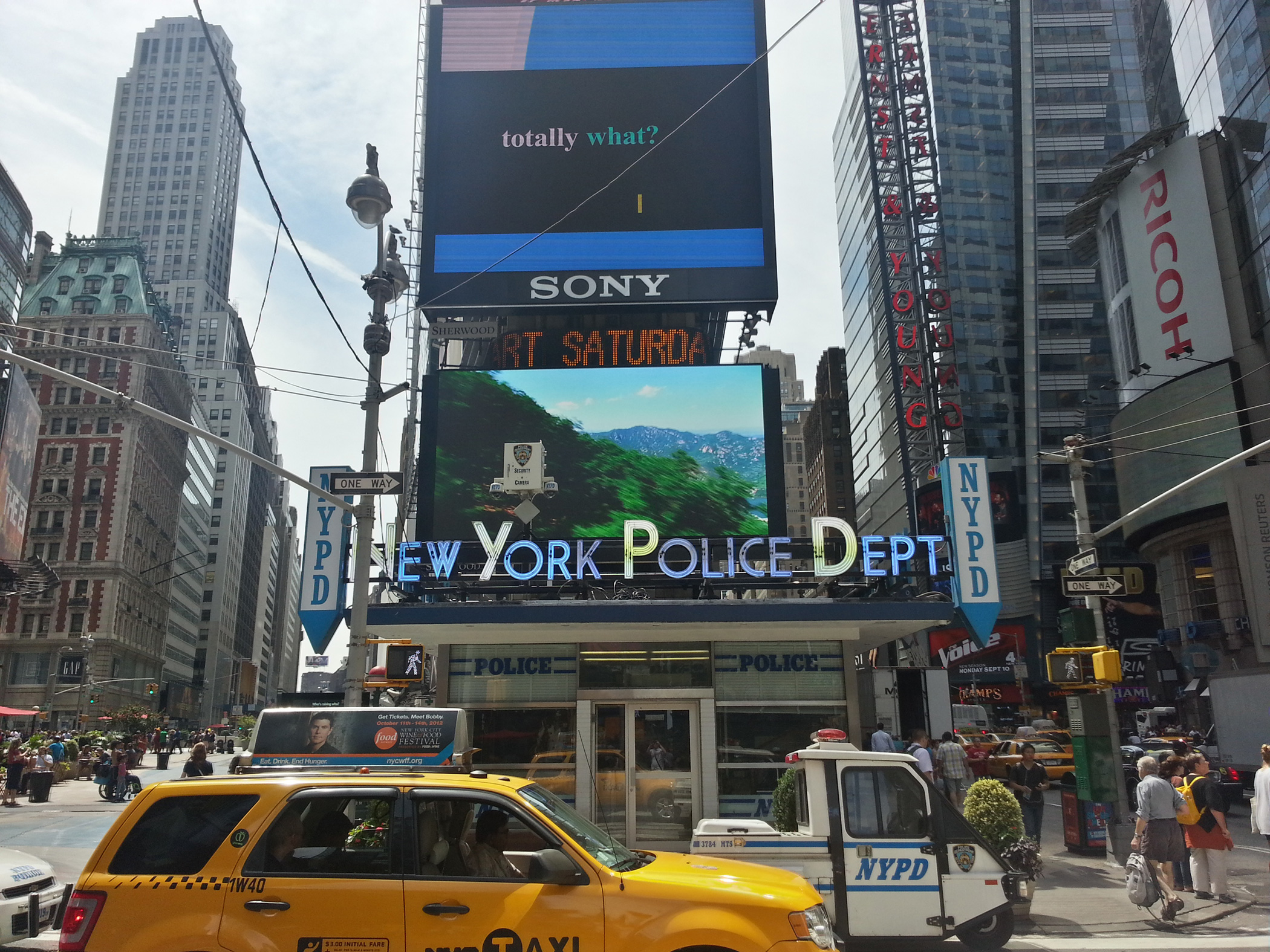




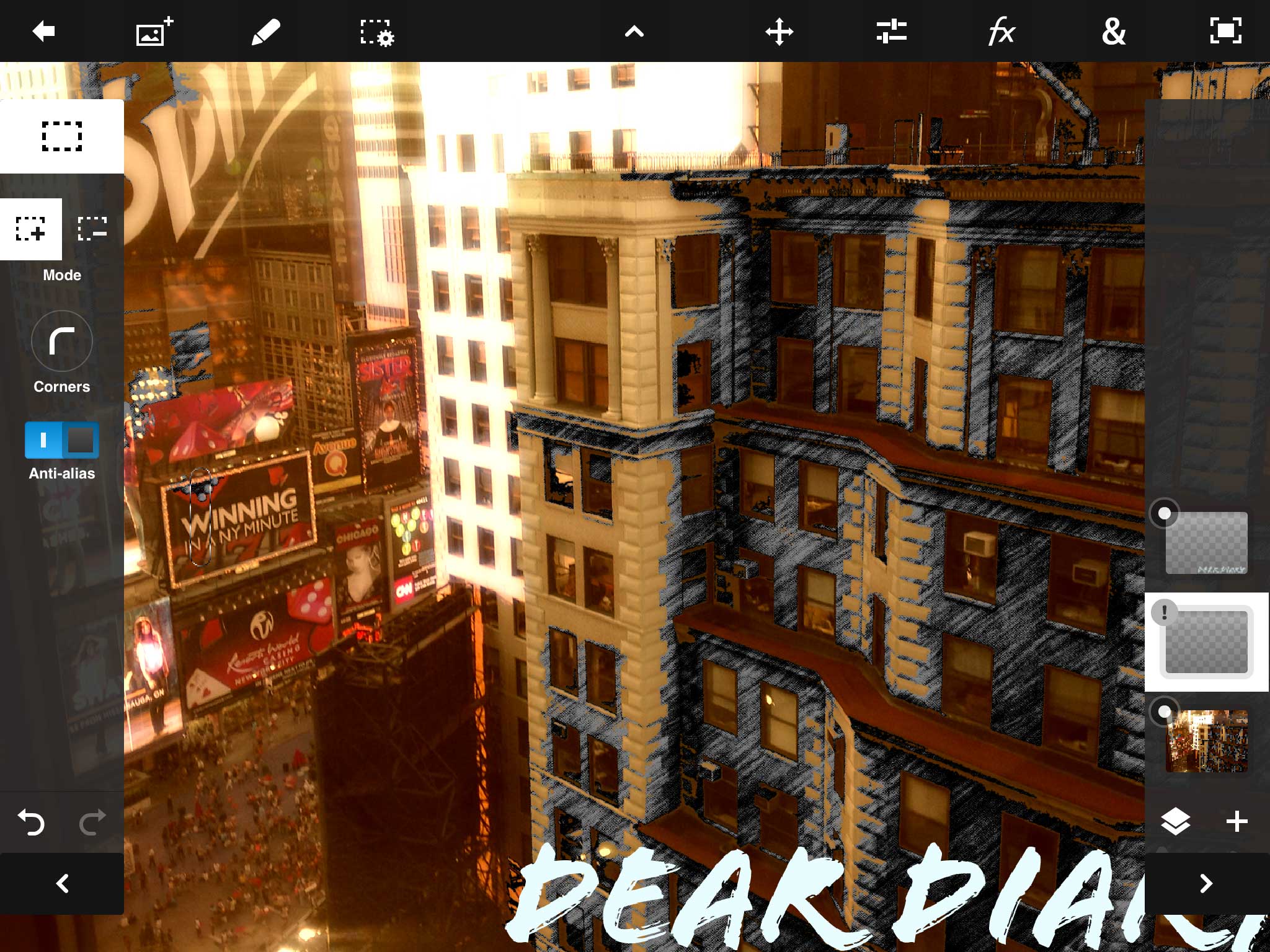
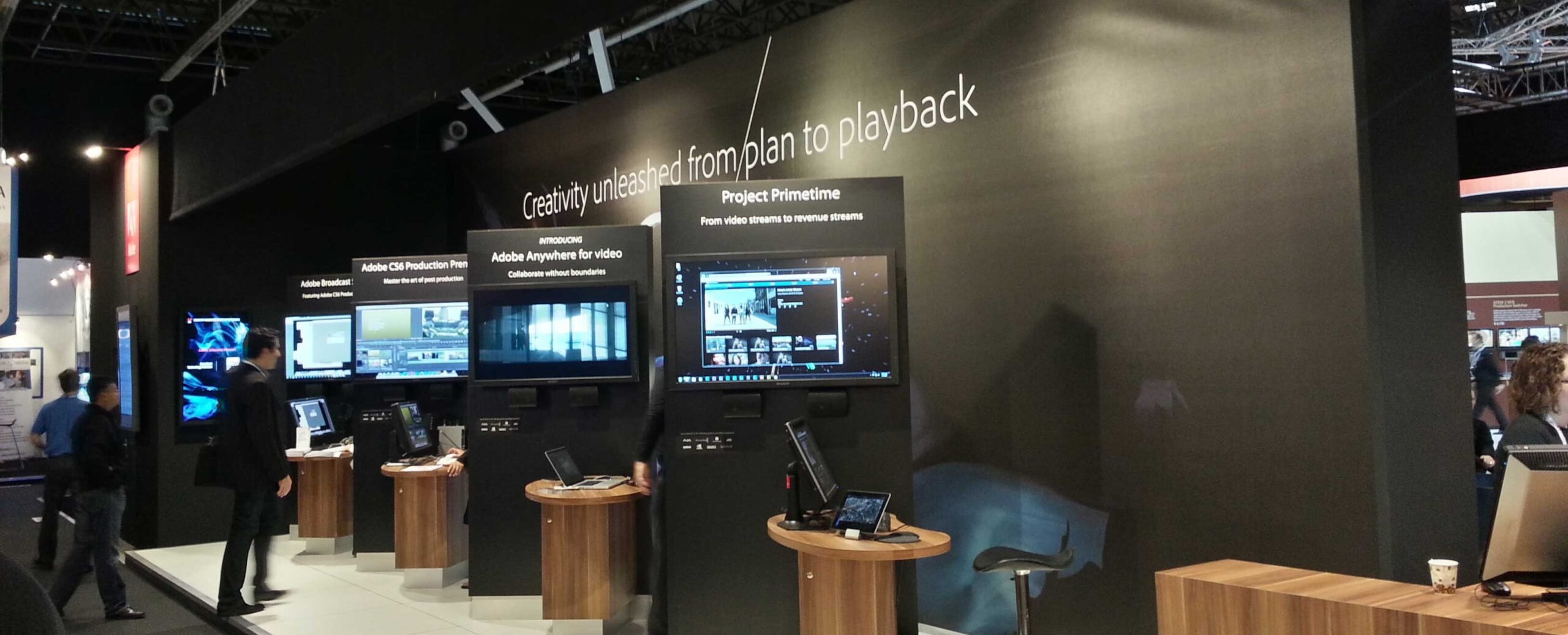





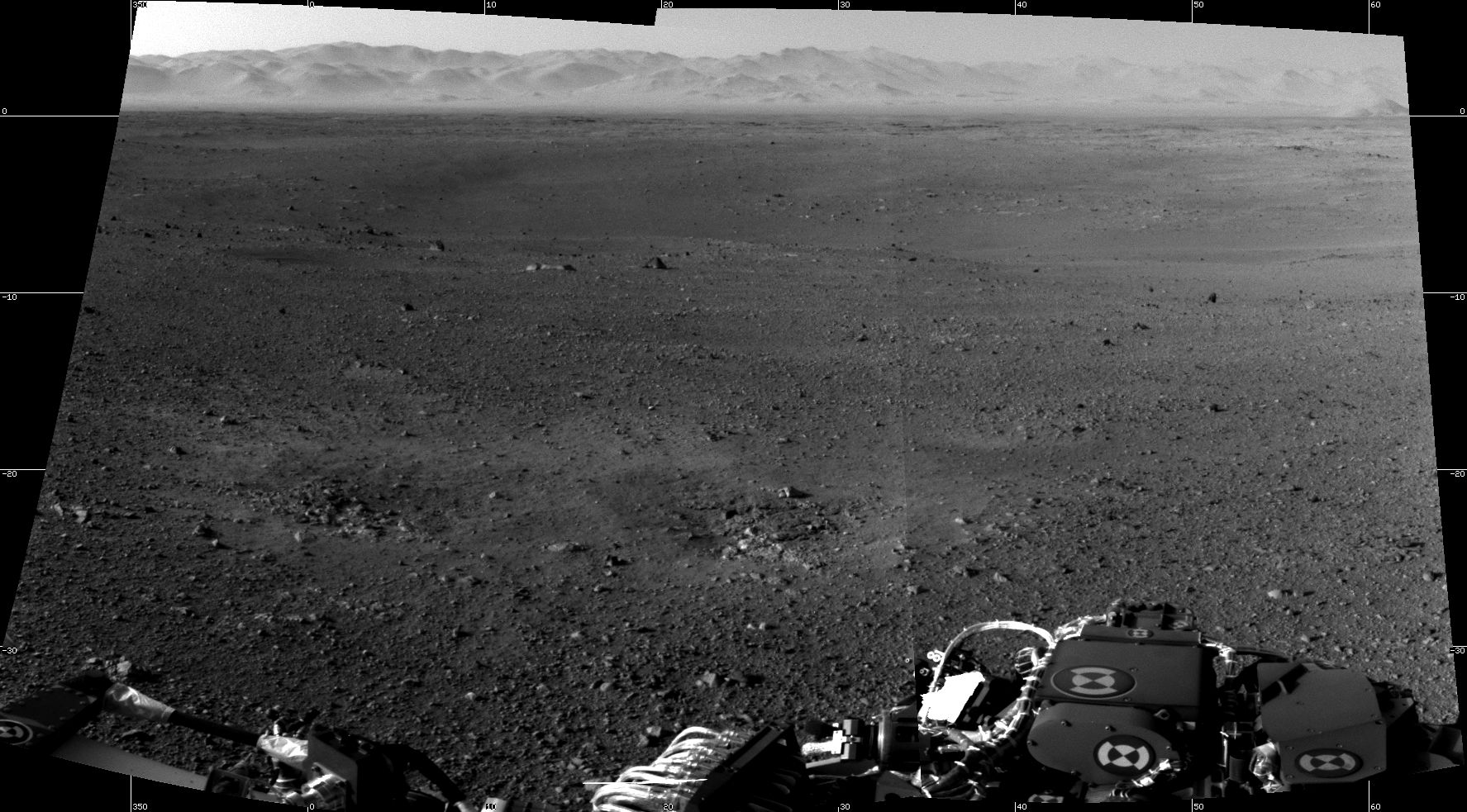





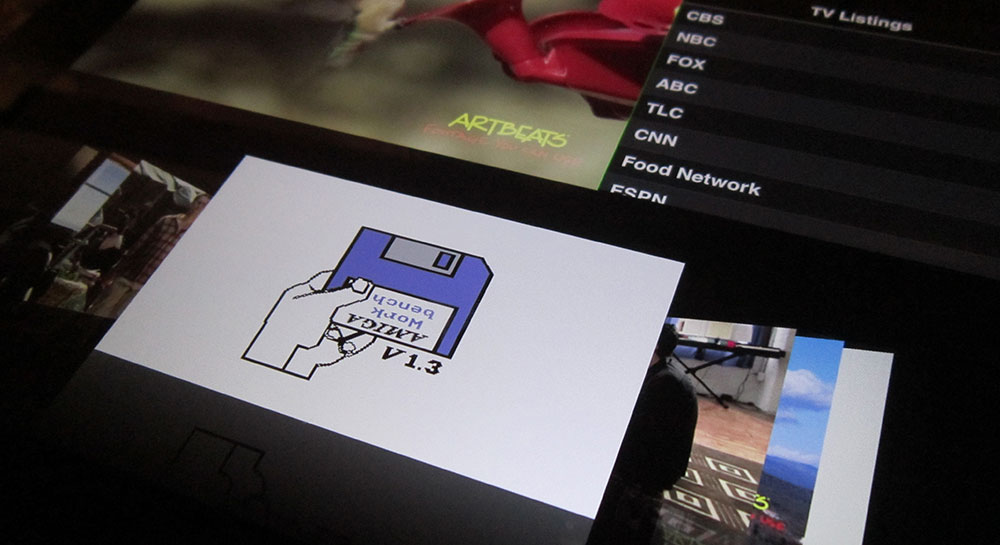
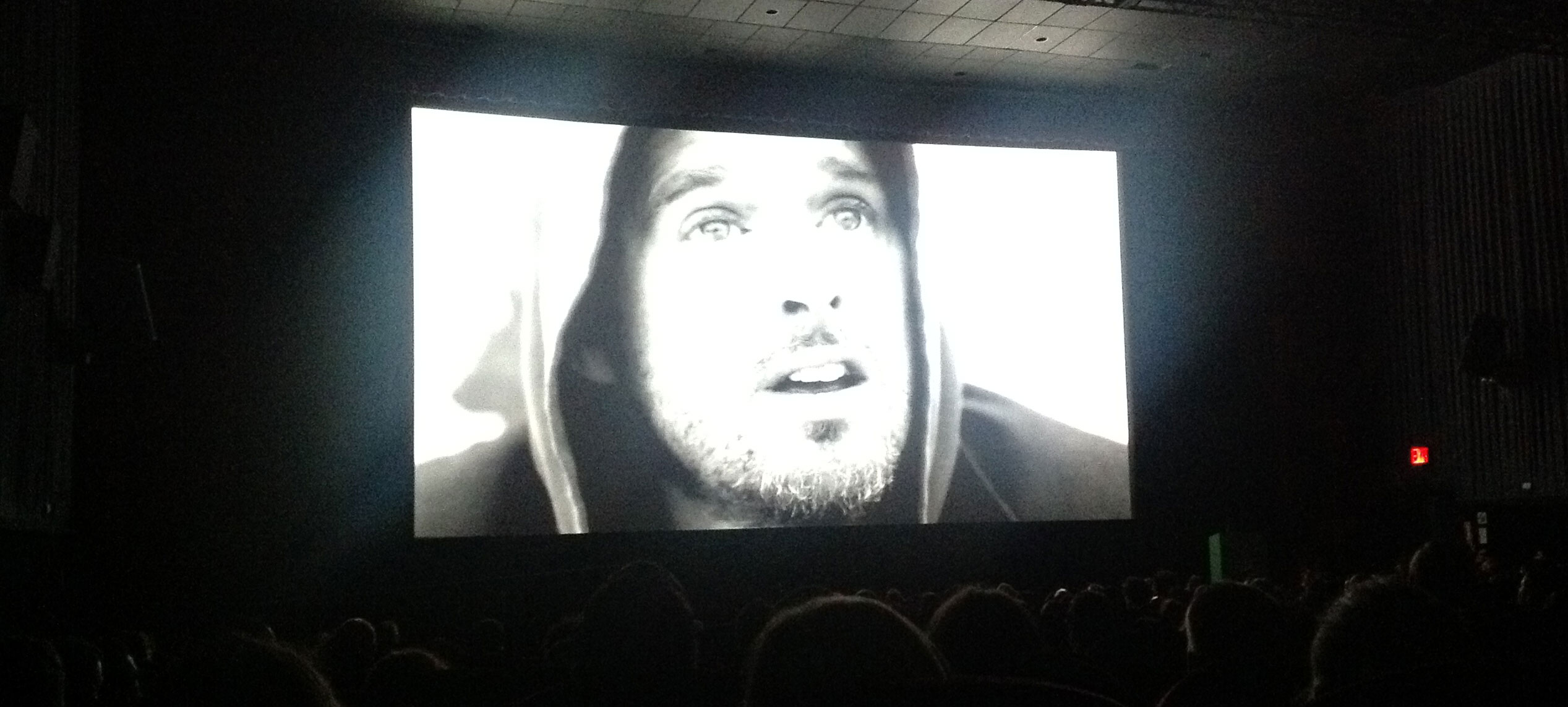

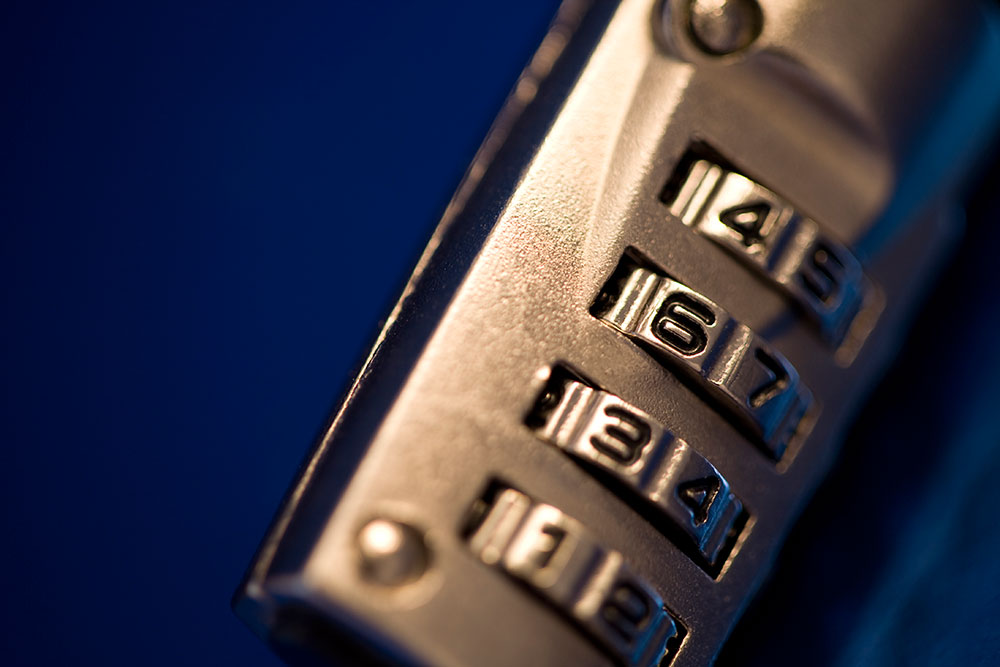


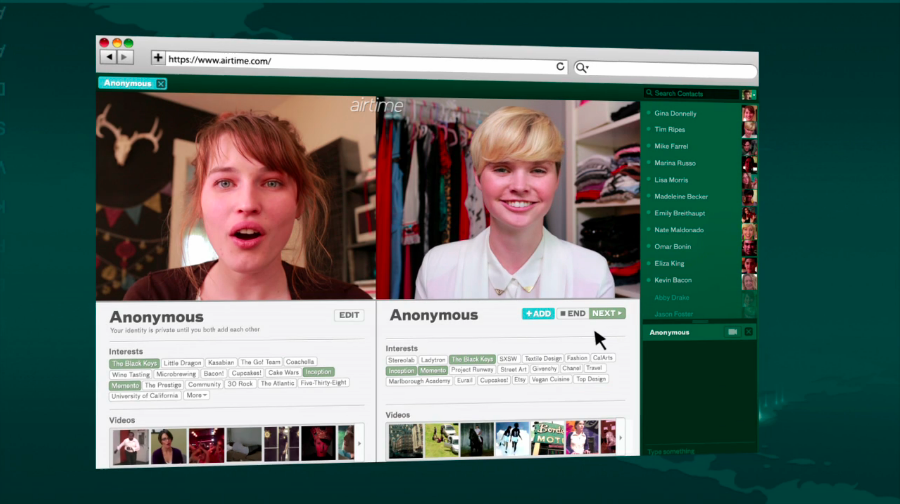

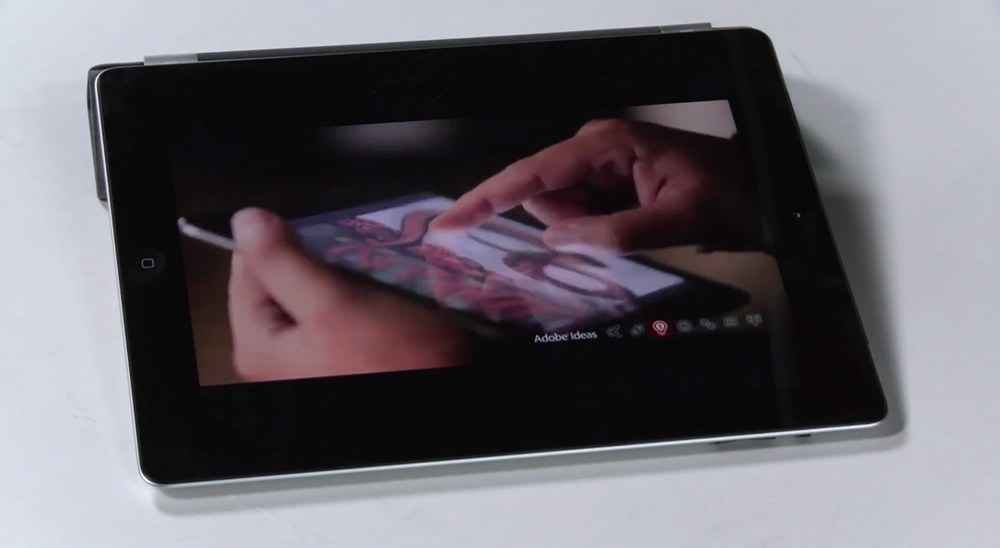
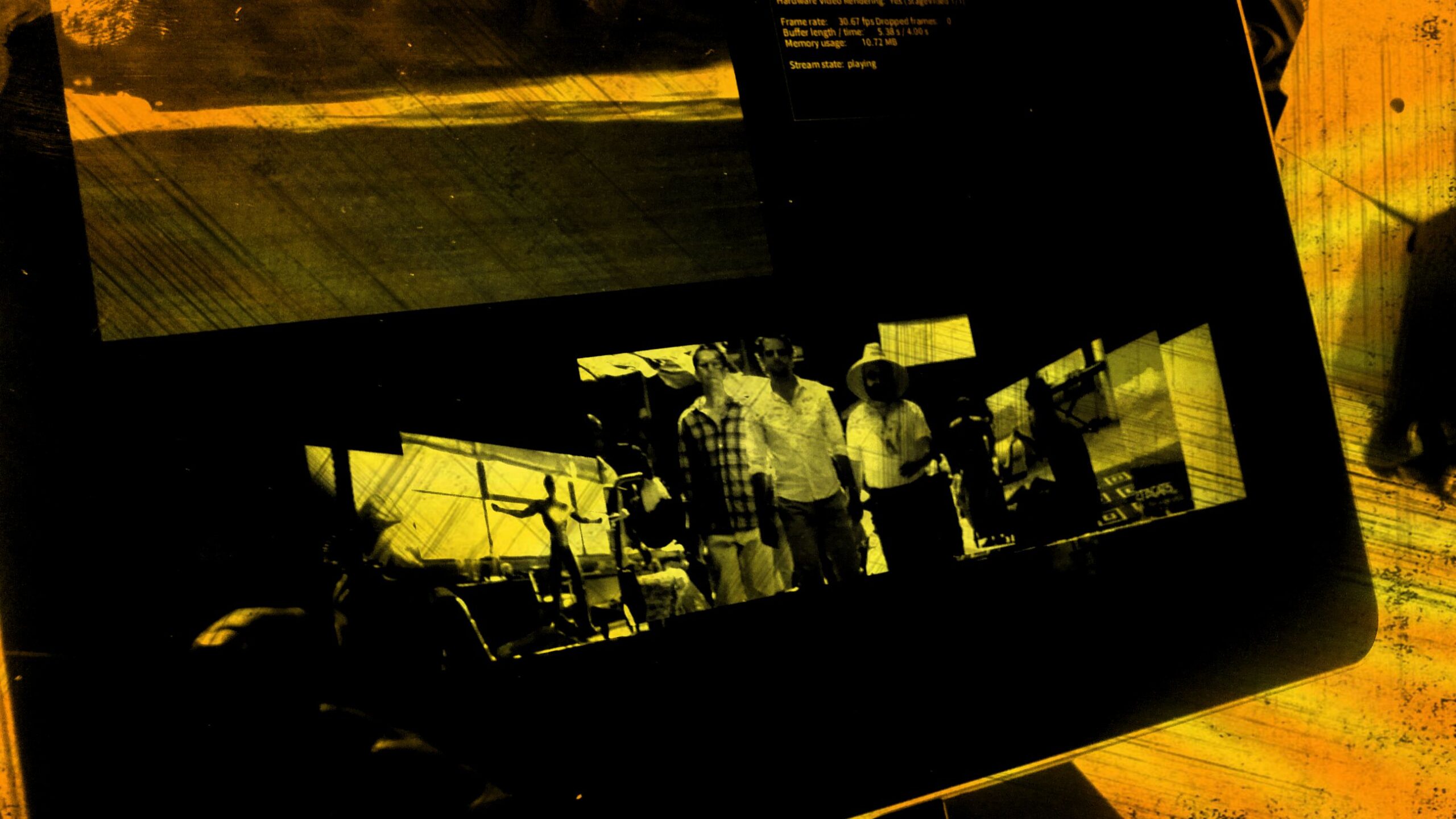
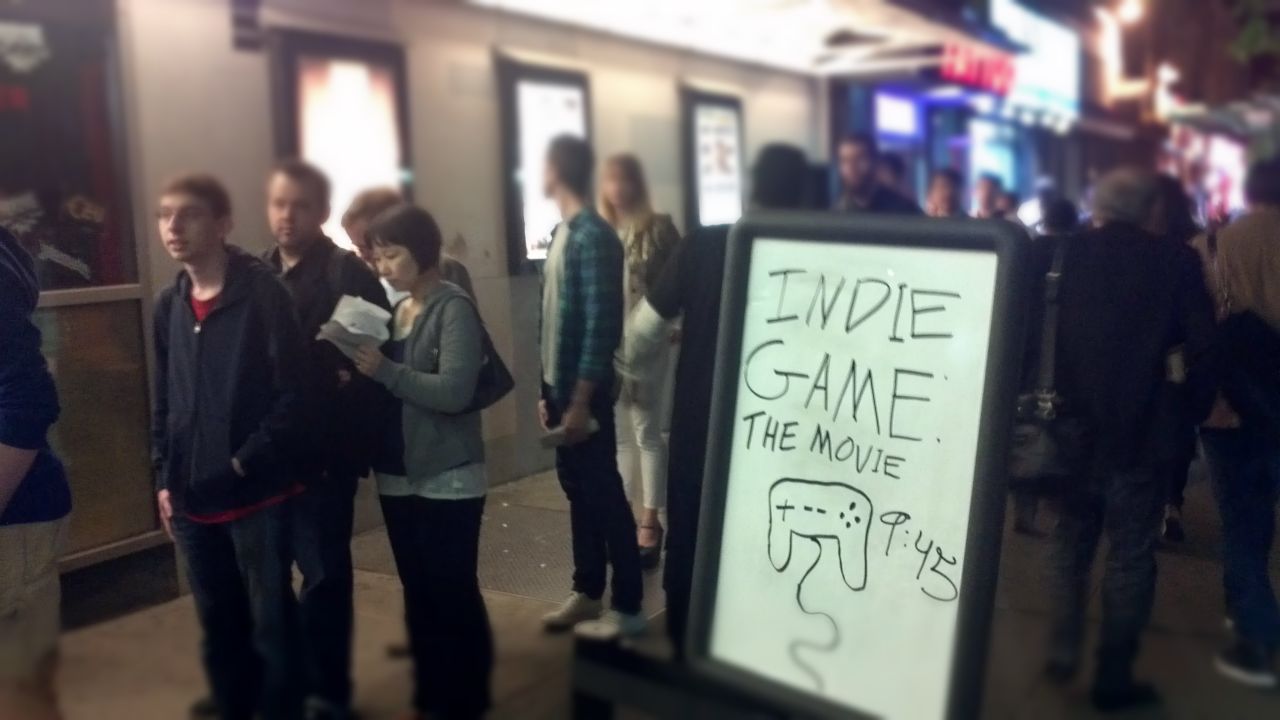


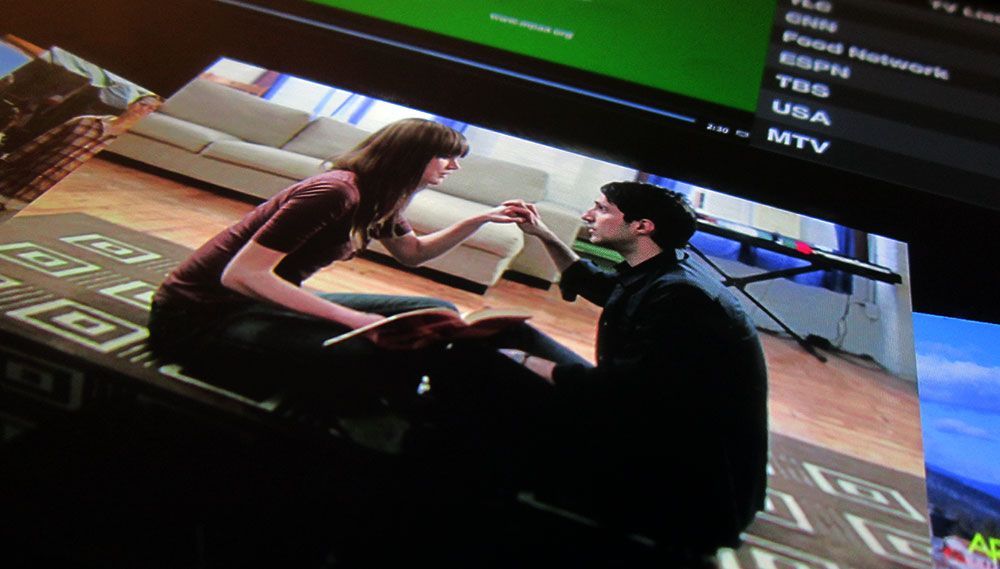


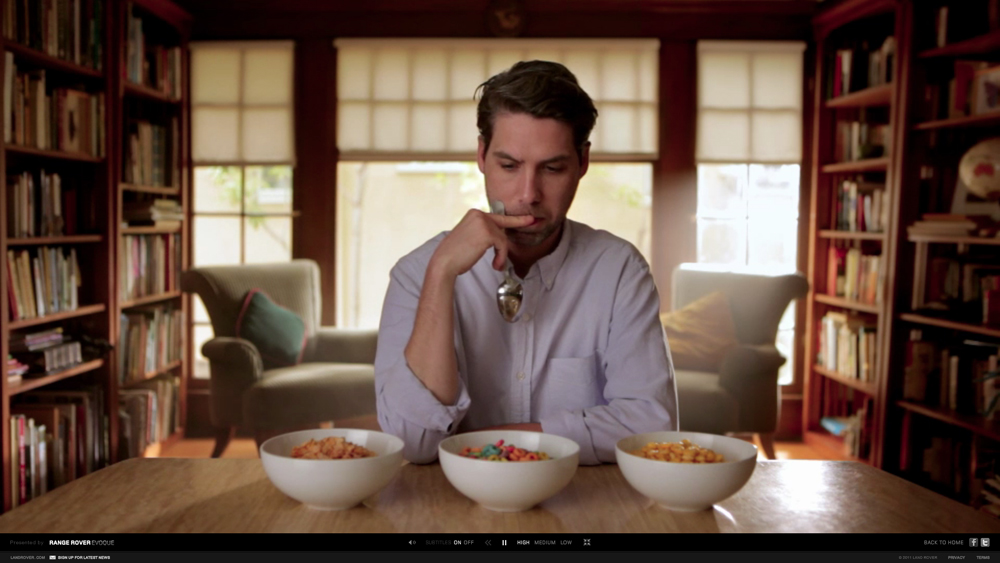
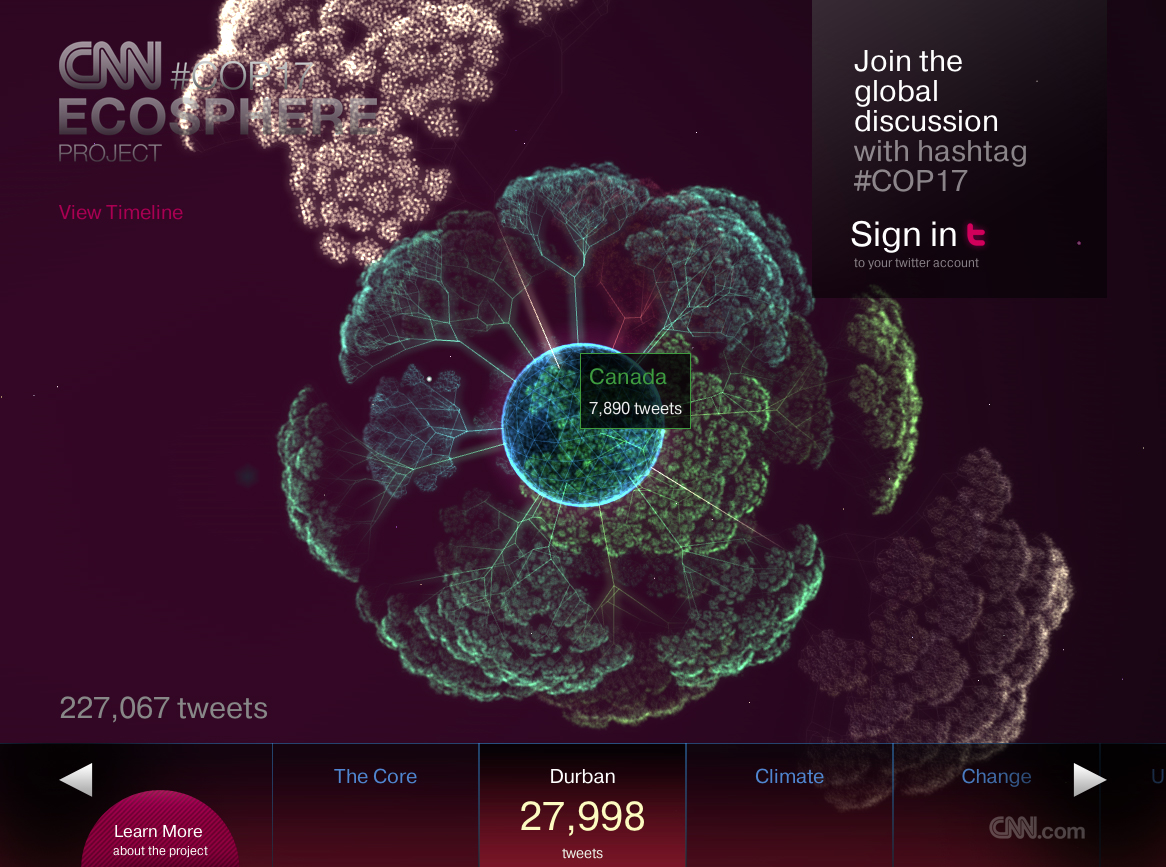

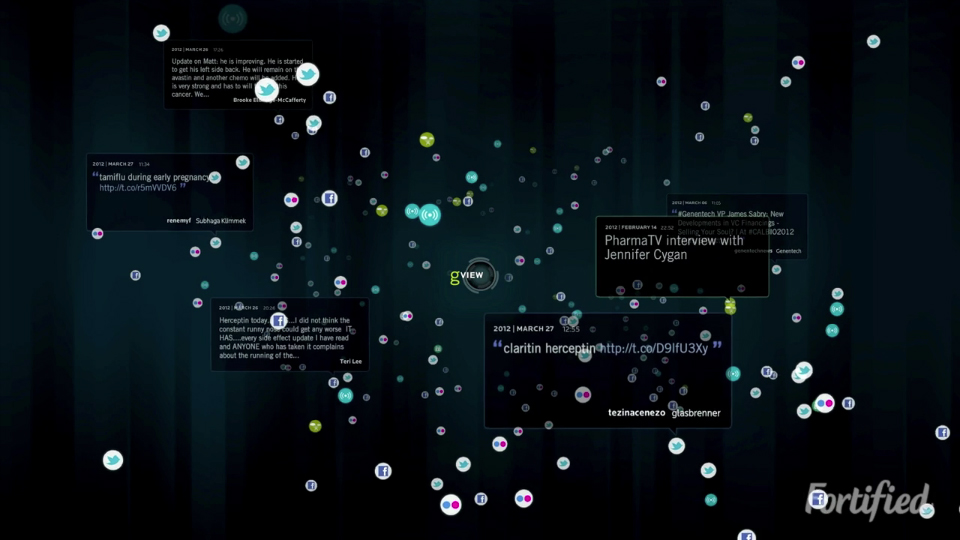




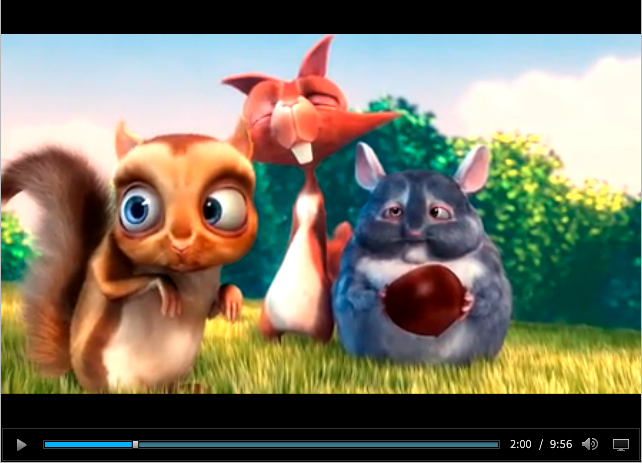

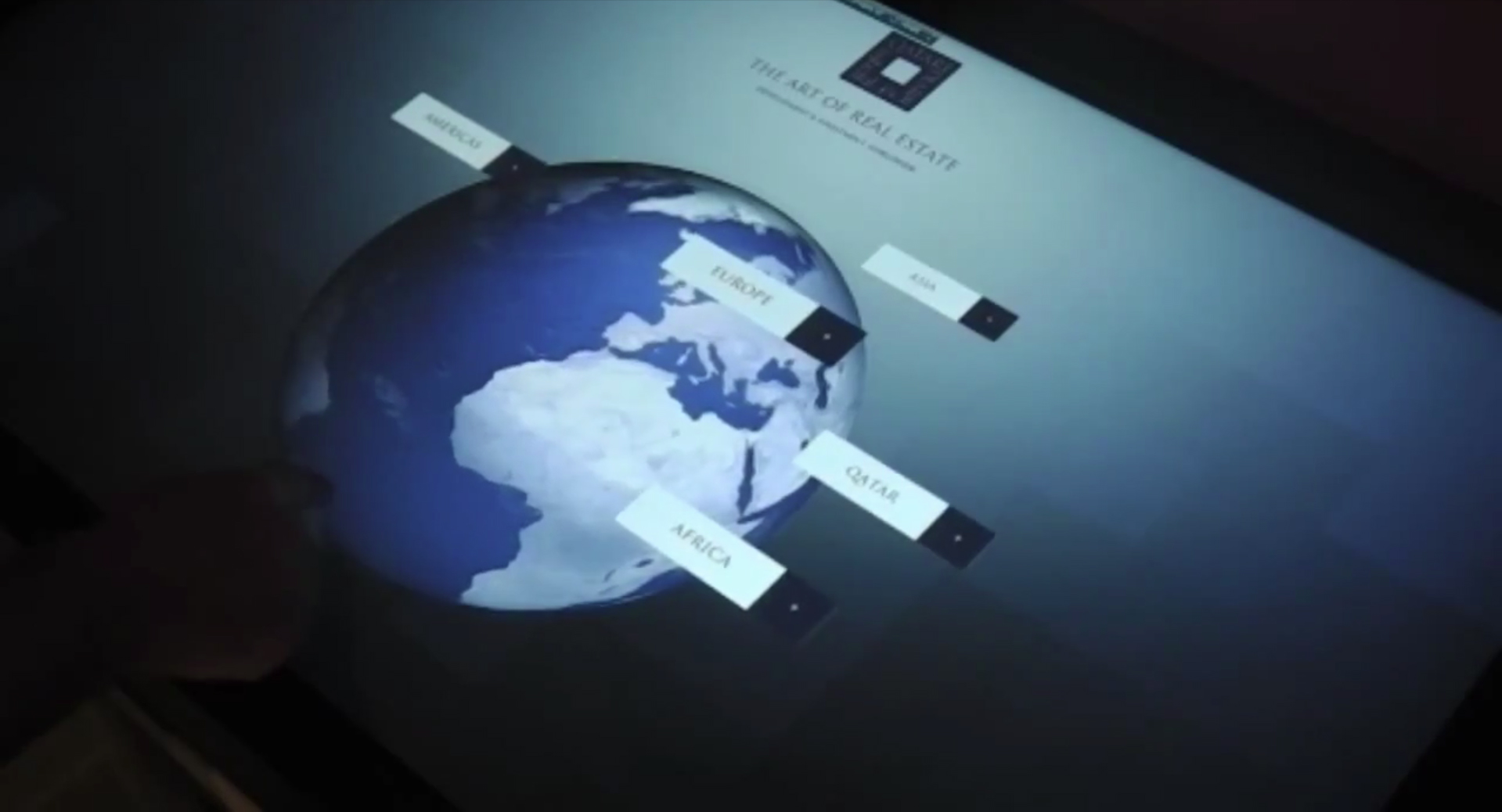
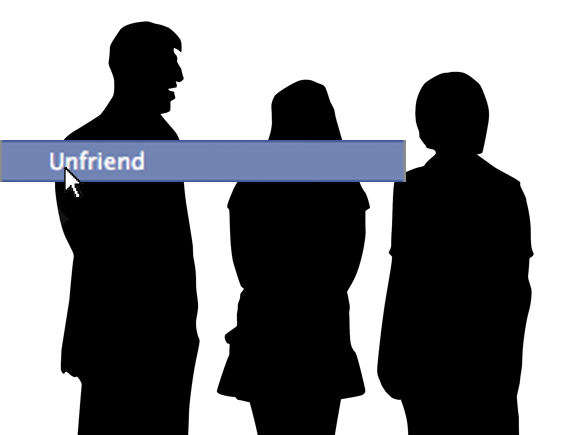

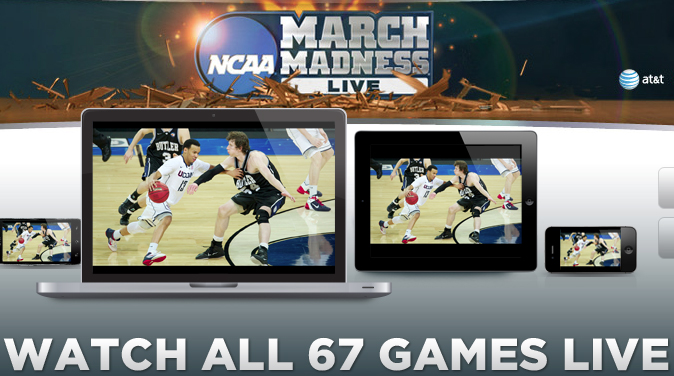
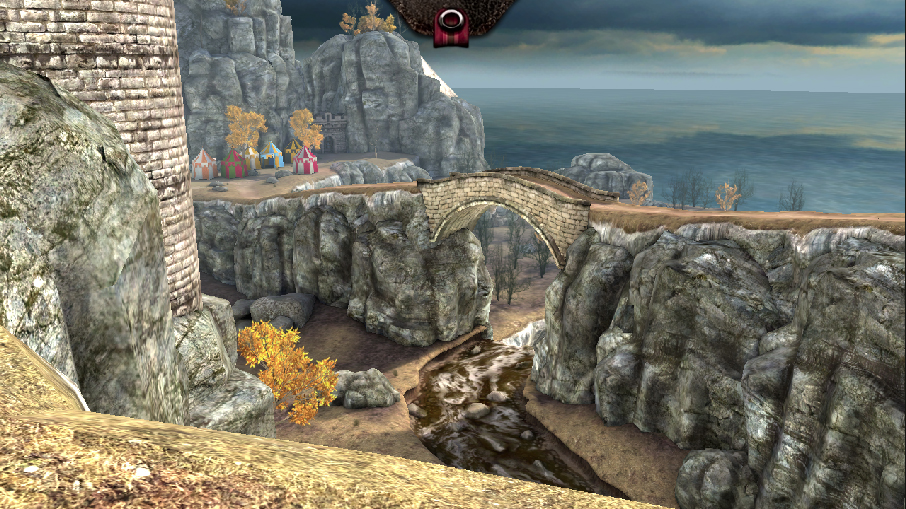
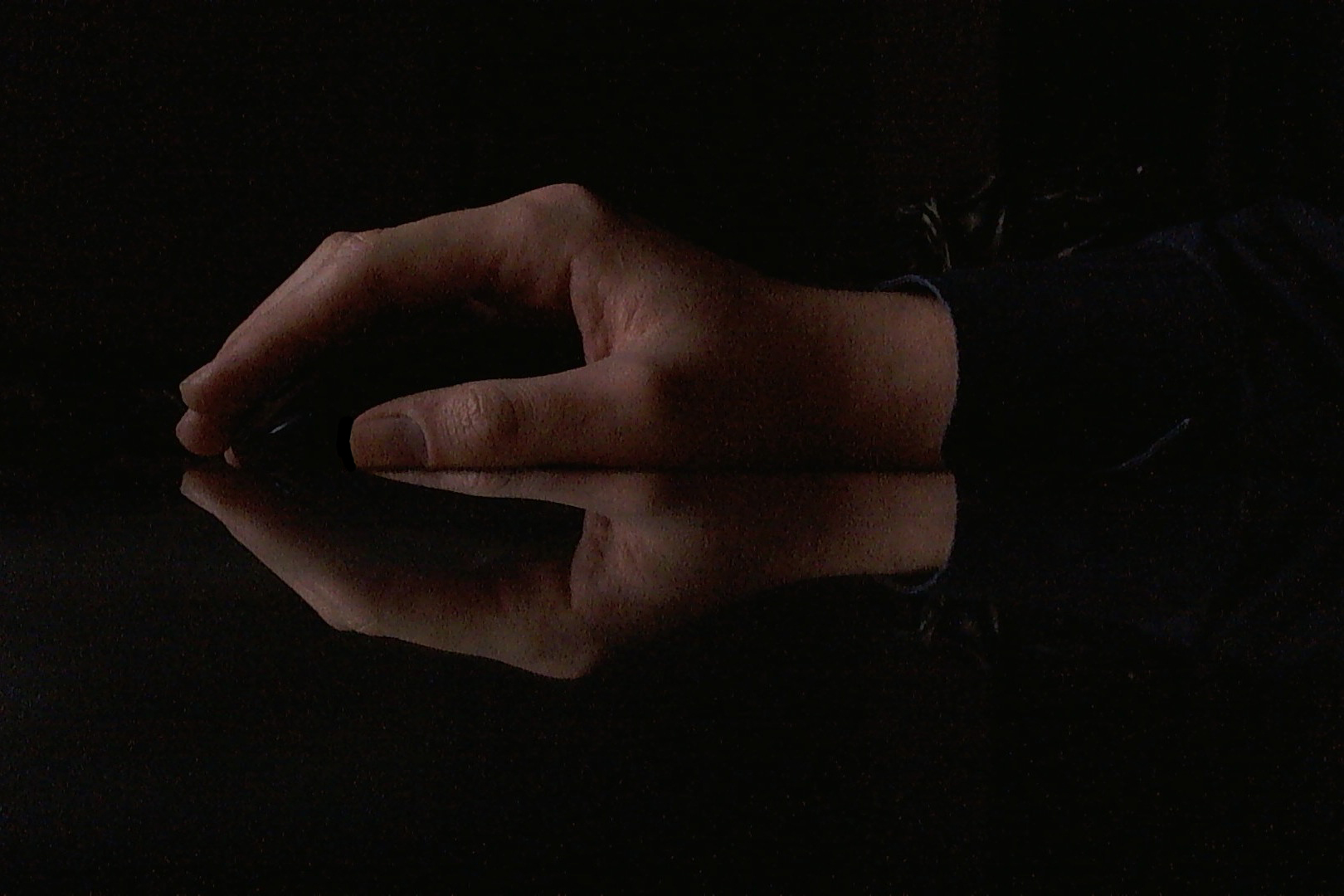

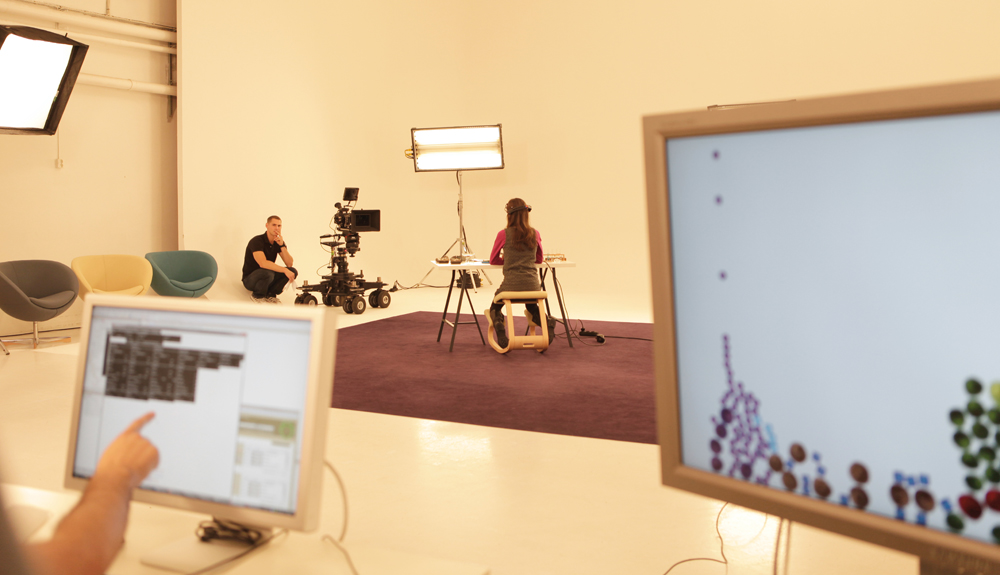
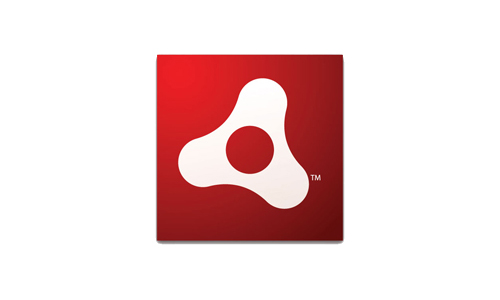
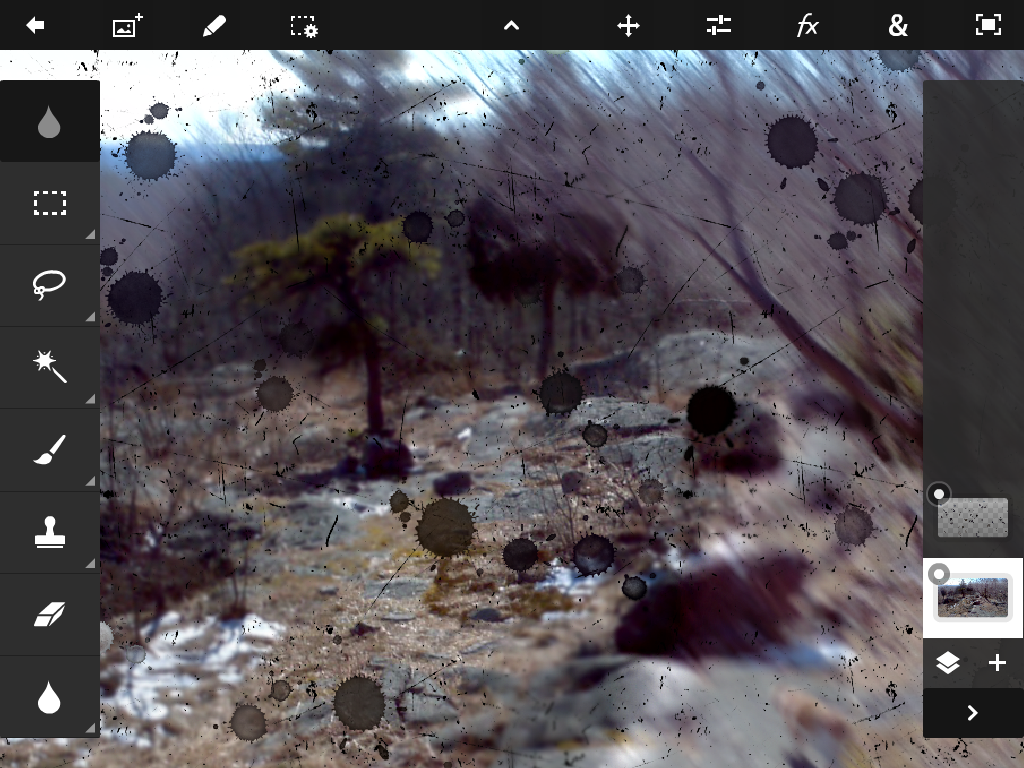
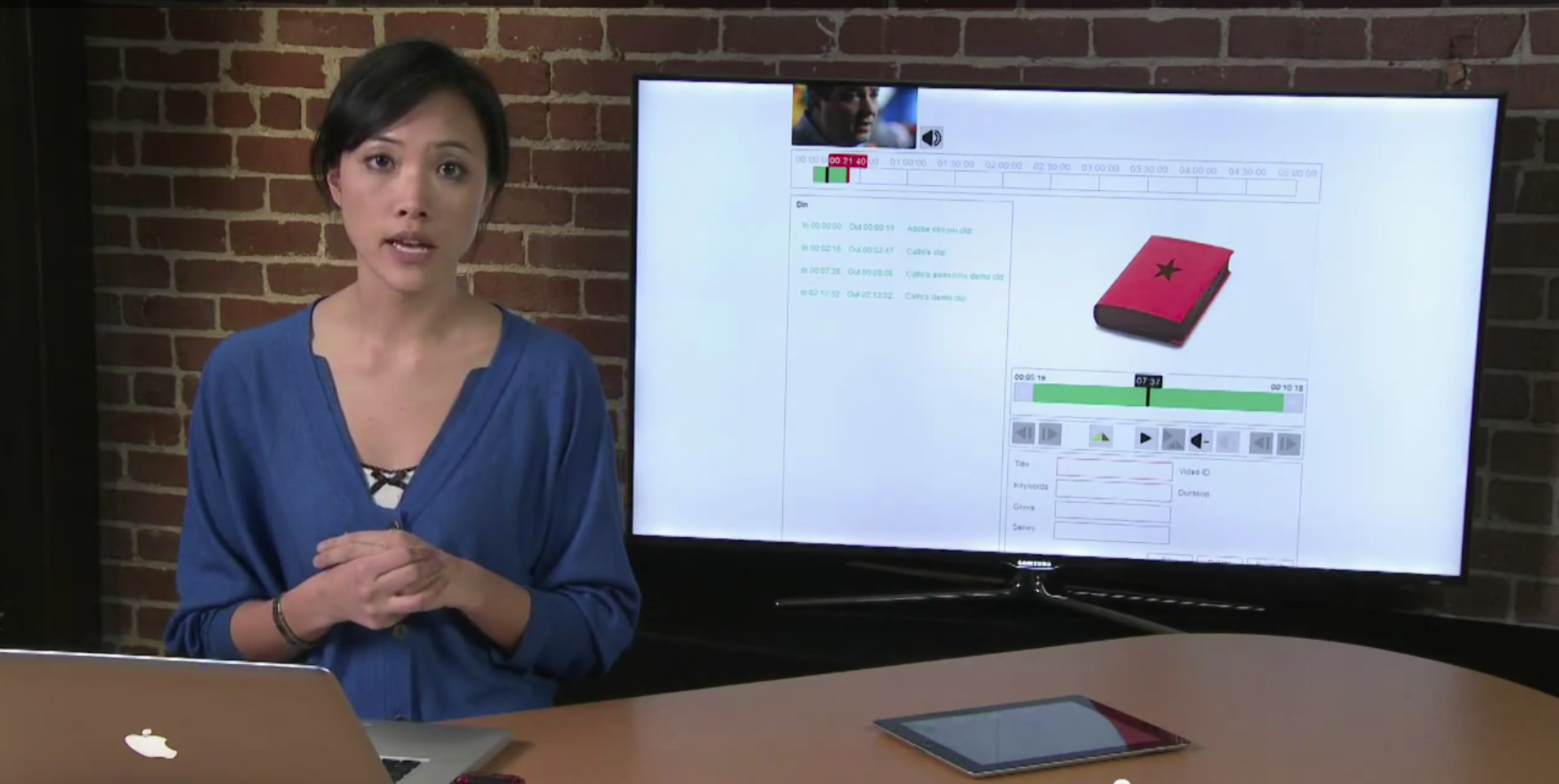
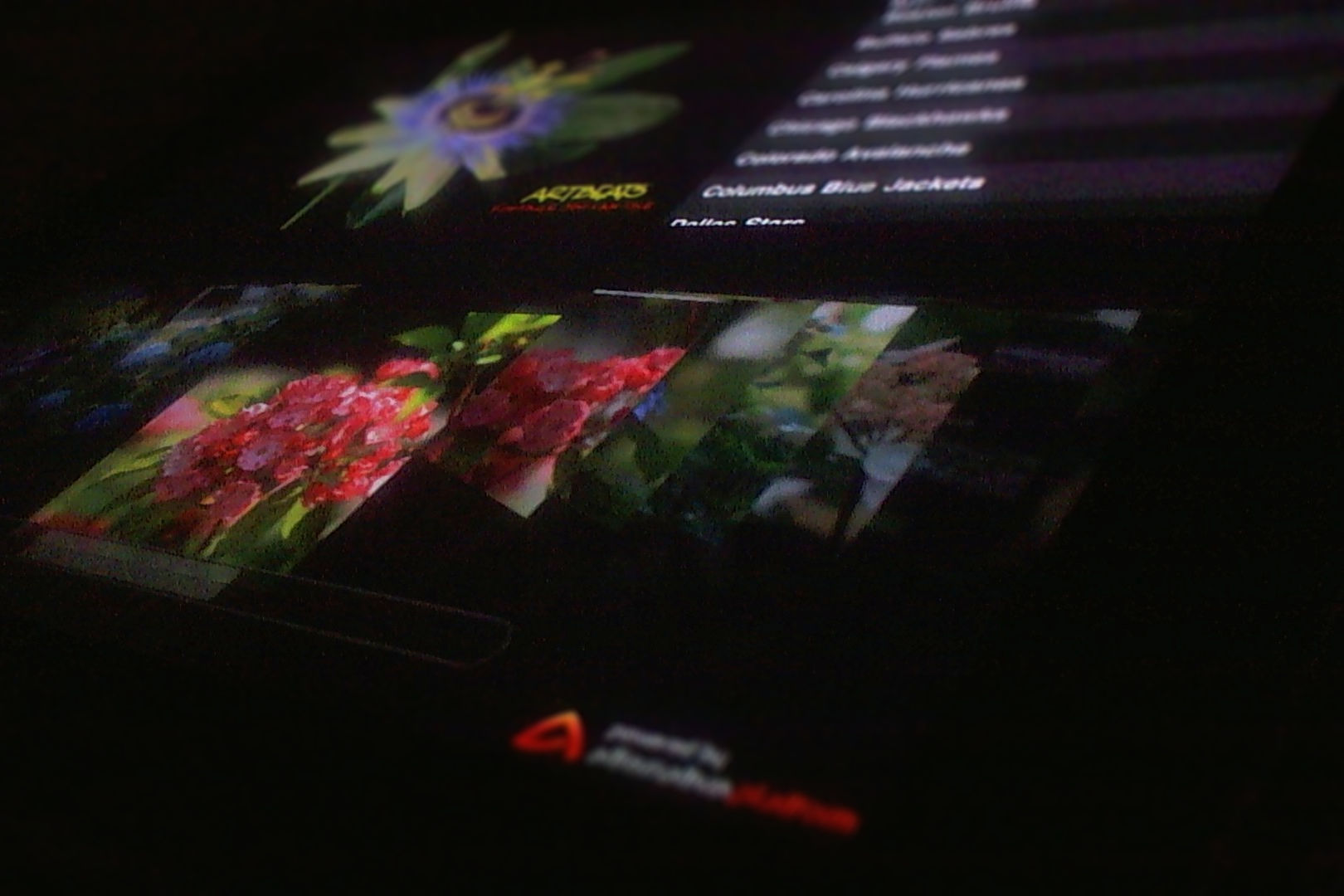
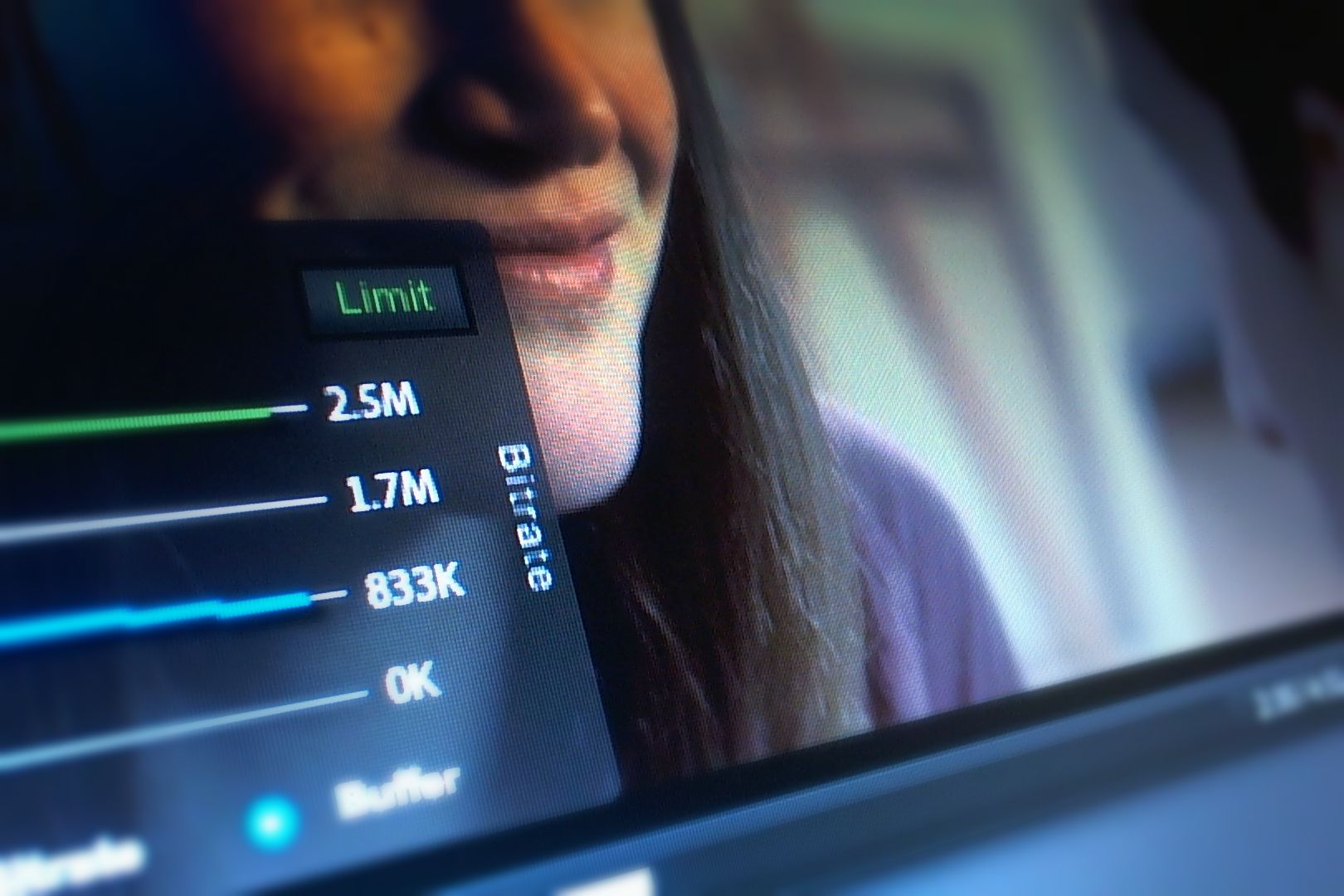
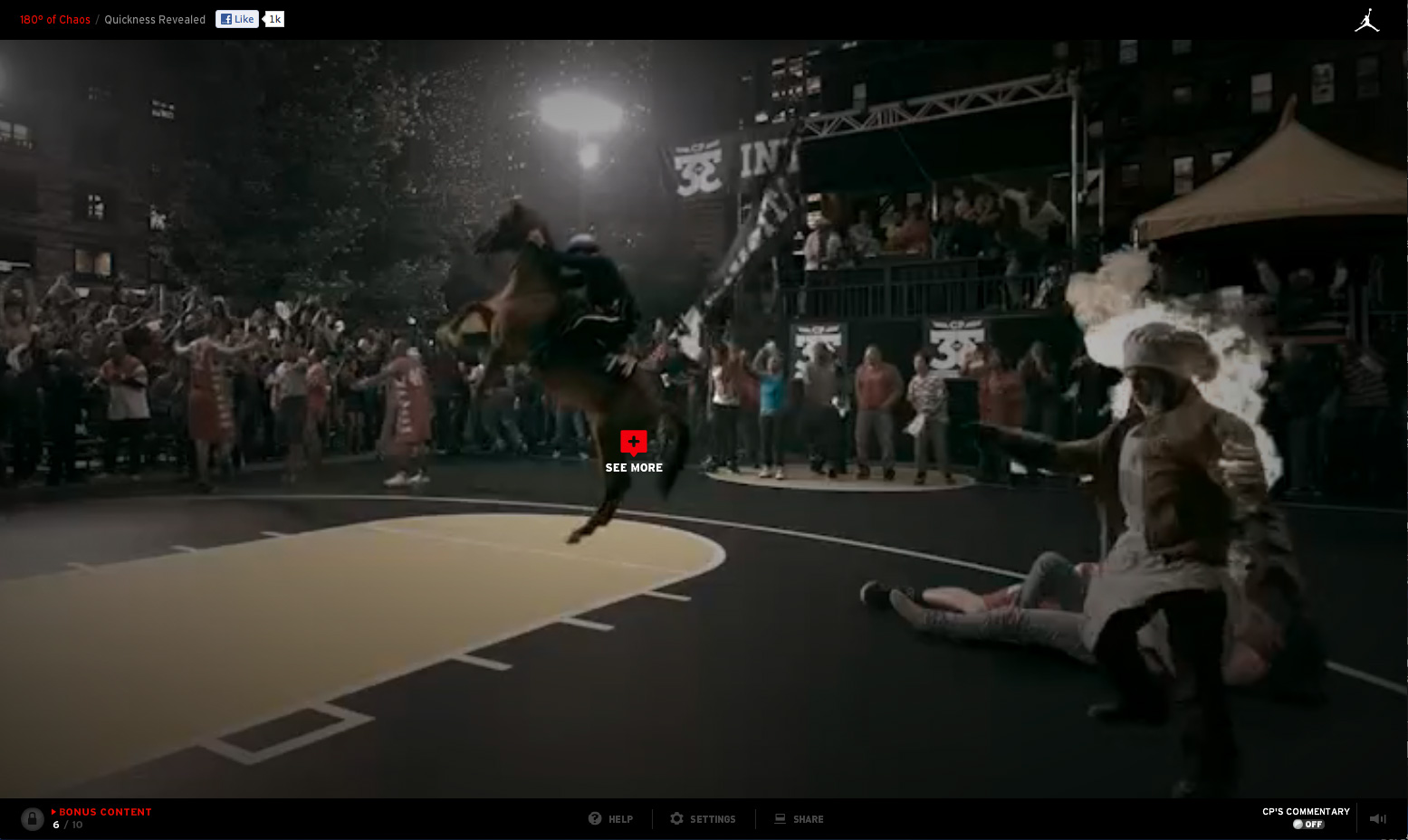

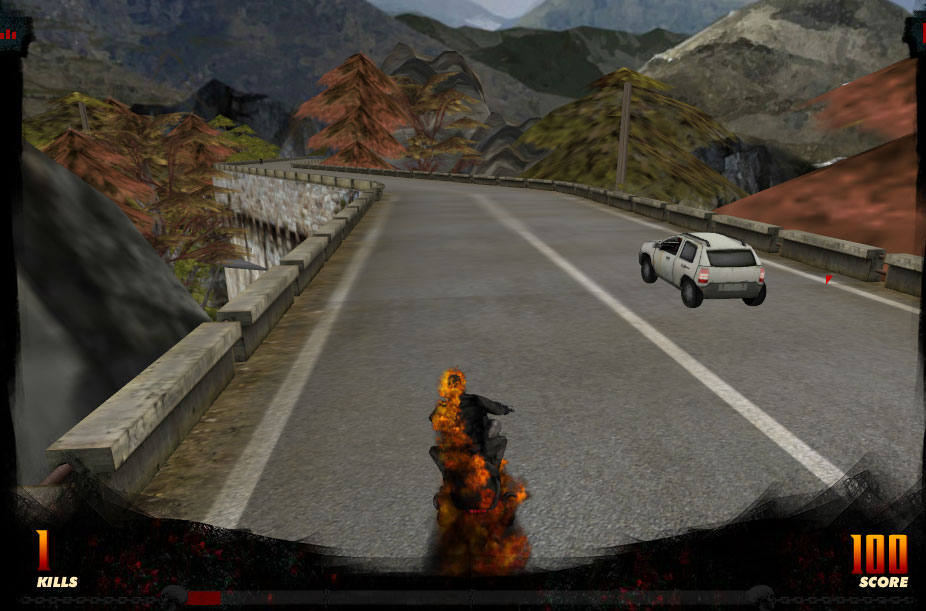
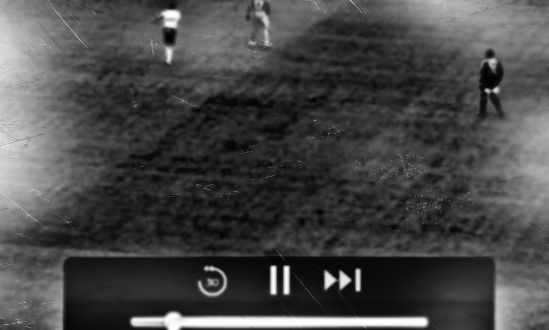
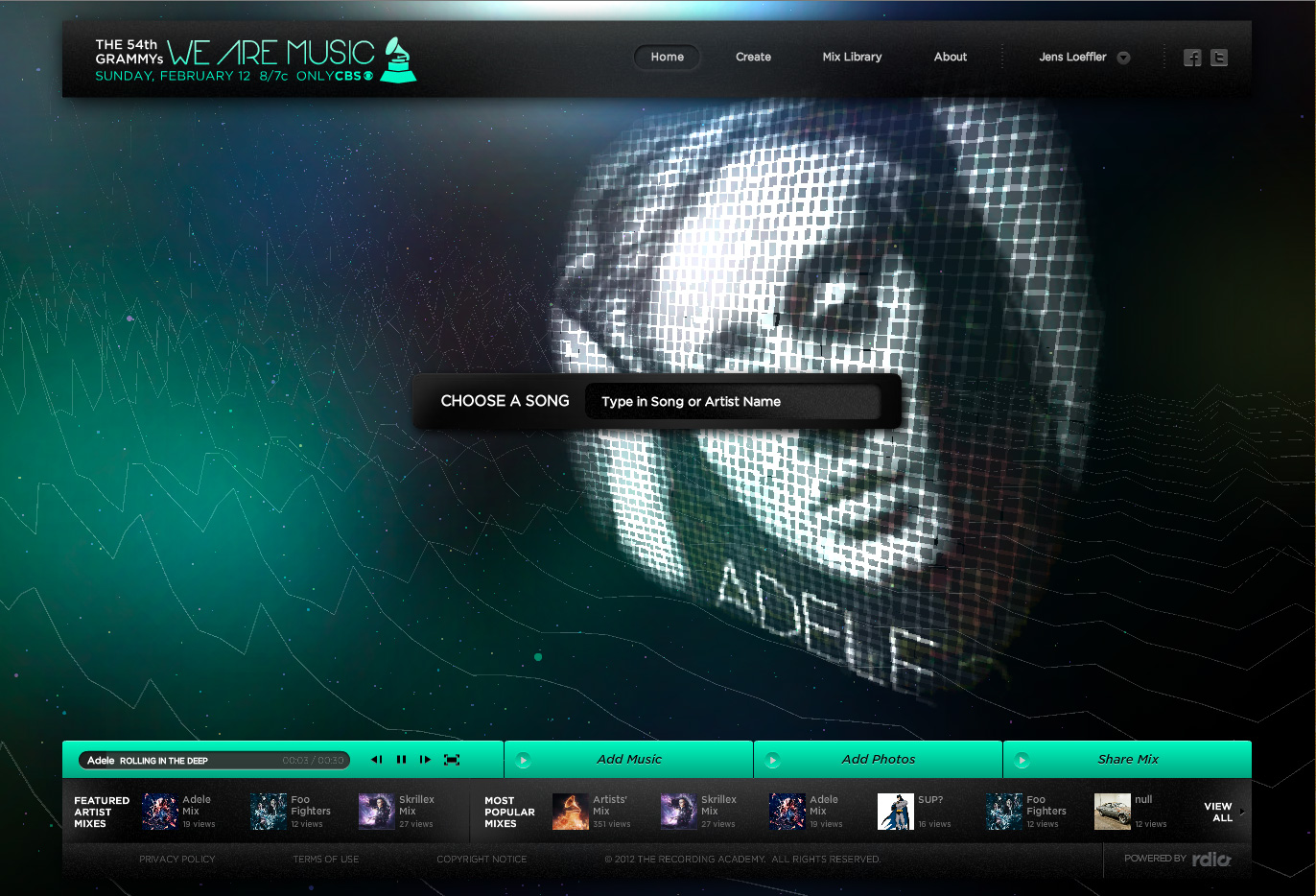
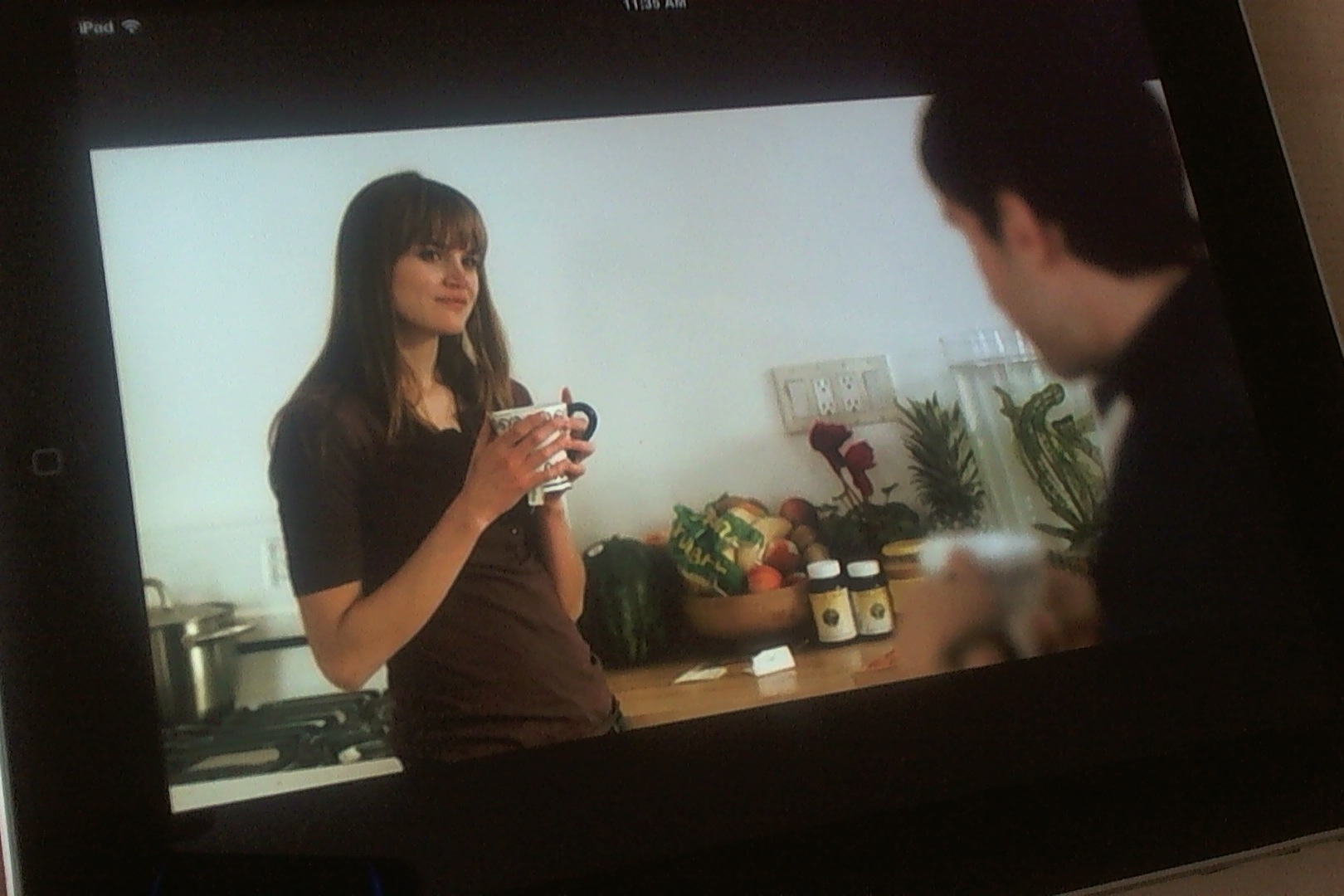
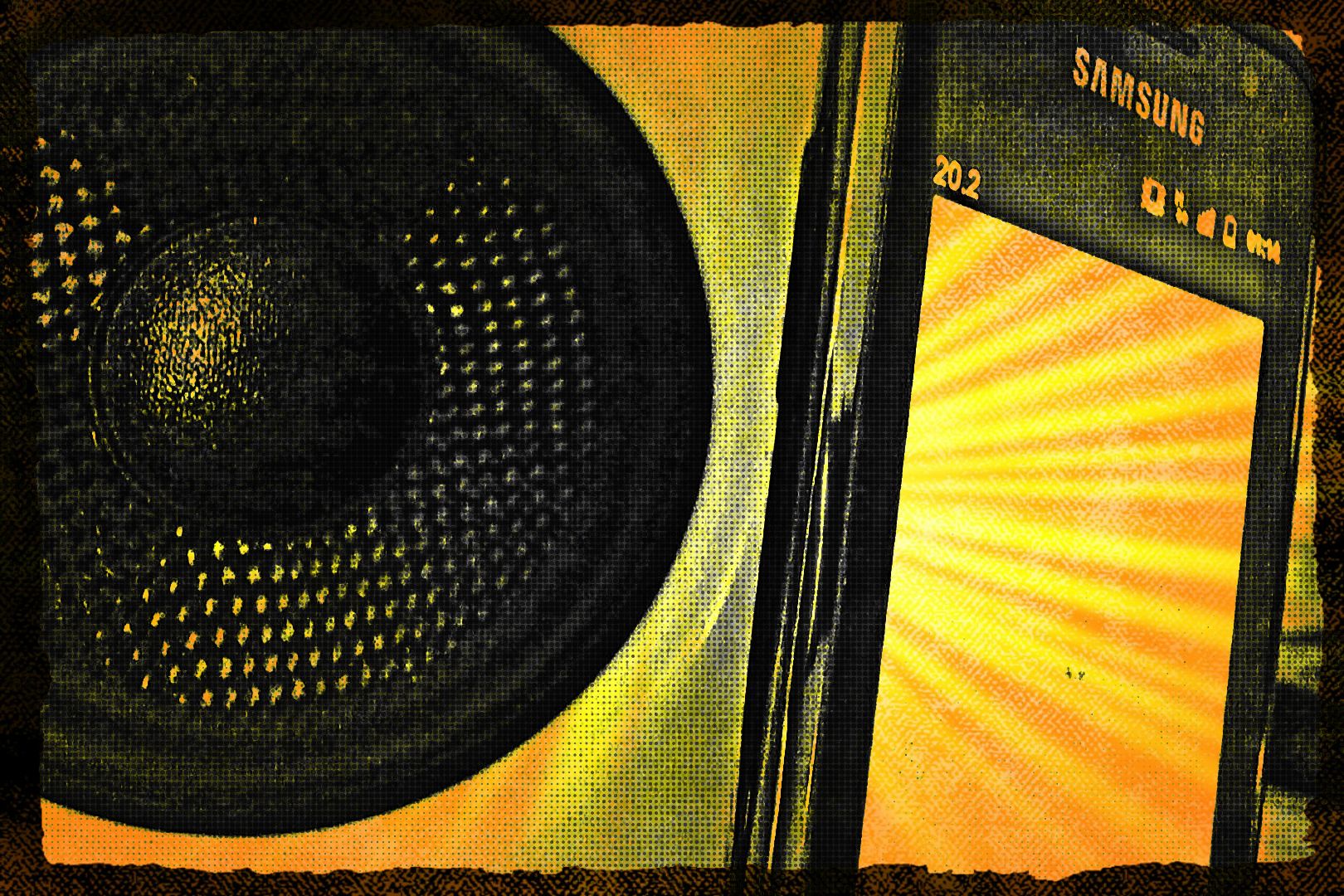

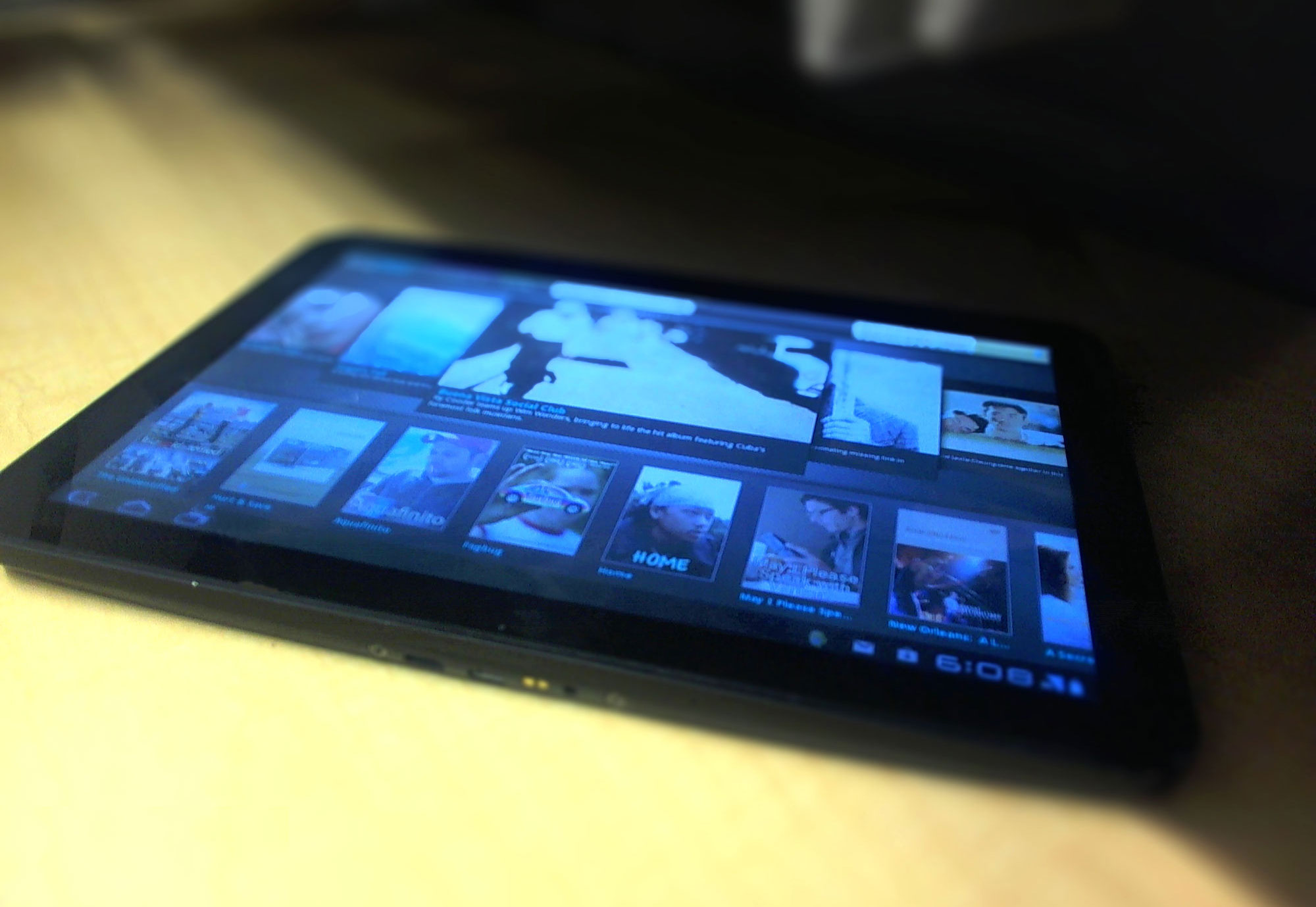


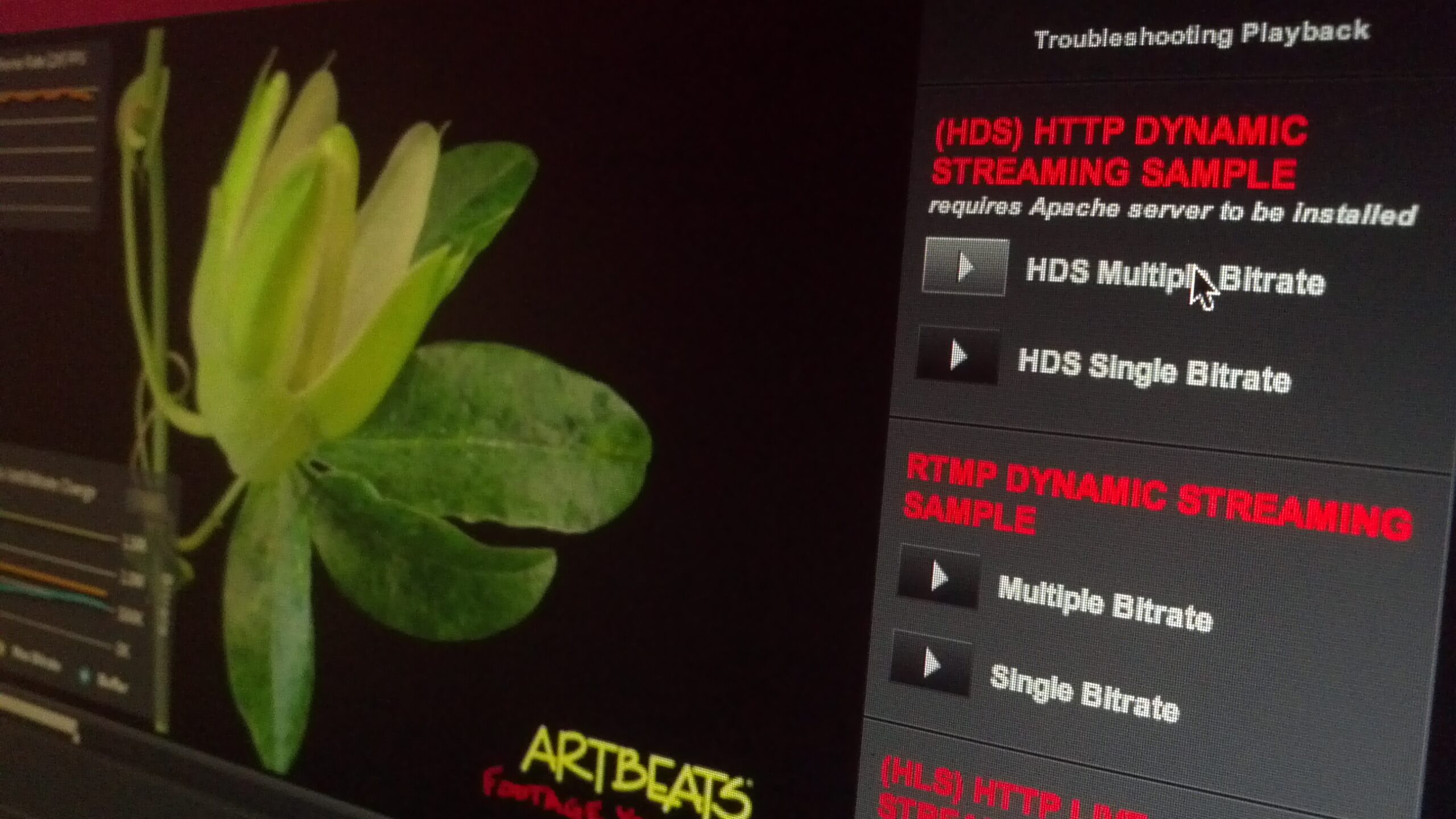

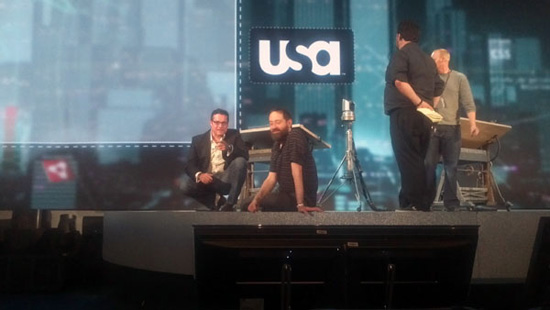

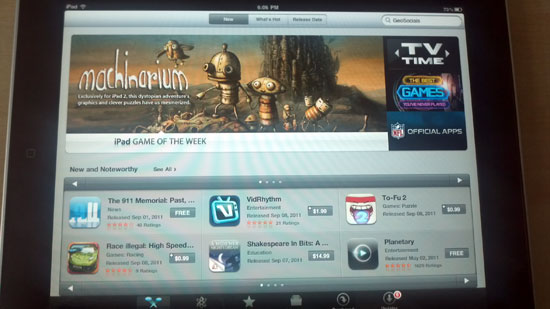
To reiterate: I am not an attorney and these are just my observations based on what I’ve read online. As I said multiple times above, you should do your own due diligence if this issue concerns you.
HLS is the same protocole as DASH. Dash juste have an heavy m3u8 cause XML format.
DASH is exactly the same as HLS protocole but not optimised for mobile network.
Sorry but DASH TRASH.
Not fully accurate – there is an HLS based profile in DASH, but the more popular profile is FMP4 based. Here is a bit more background information. http://www.overdigital.com/2011/12/27/hls-vs-hds-what-is-the-difference-and-why-you-should-care/
Handwaving threats from a Microsoft “Technical Evangelist” based on a patent troll’s claims. Whole thing leaves a bad taste in my mouth. I can see why you’re on board though Jens, obviously also fits Adobe’s agenda.
@Nick Doyle You forget that both Microsoft and Adobe support HLS in their server products, no trolling here. It’s the same situation as with H.264, which has licensing terms associated for commercial use. It’s just good to be aware.
Also – is it right that current implementations of HLS playback in Flash, such as the one mentioned JWPlayer are developing (btw the reason they are “keeping quiet” about this is because it’s still in dev …. though that’s pretty well-known to anyone who spends 2 minutes googling for it ….) – are not decoding m2ts – but transmuxing m2ts to flv, and then the flv is played back? In which case the whole thing is moot …
@Nick Doyle I can’t comment if it makes it “moot”, but technically you can definitely interpret HLS with AS3 – there are a handful of libraries out there. The biggest challenge is the decryption, which is not natively supported (and AS3 is too slow).